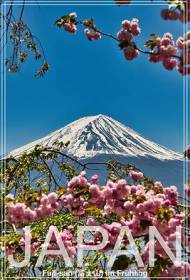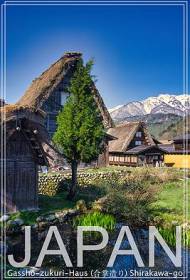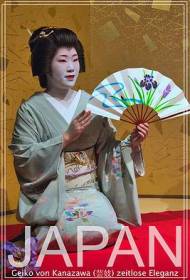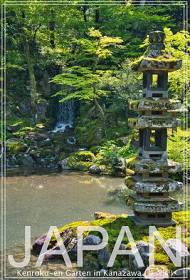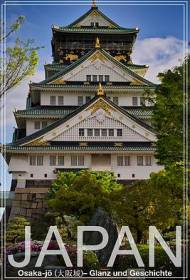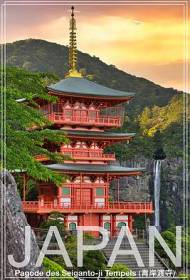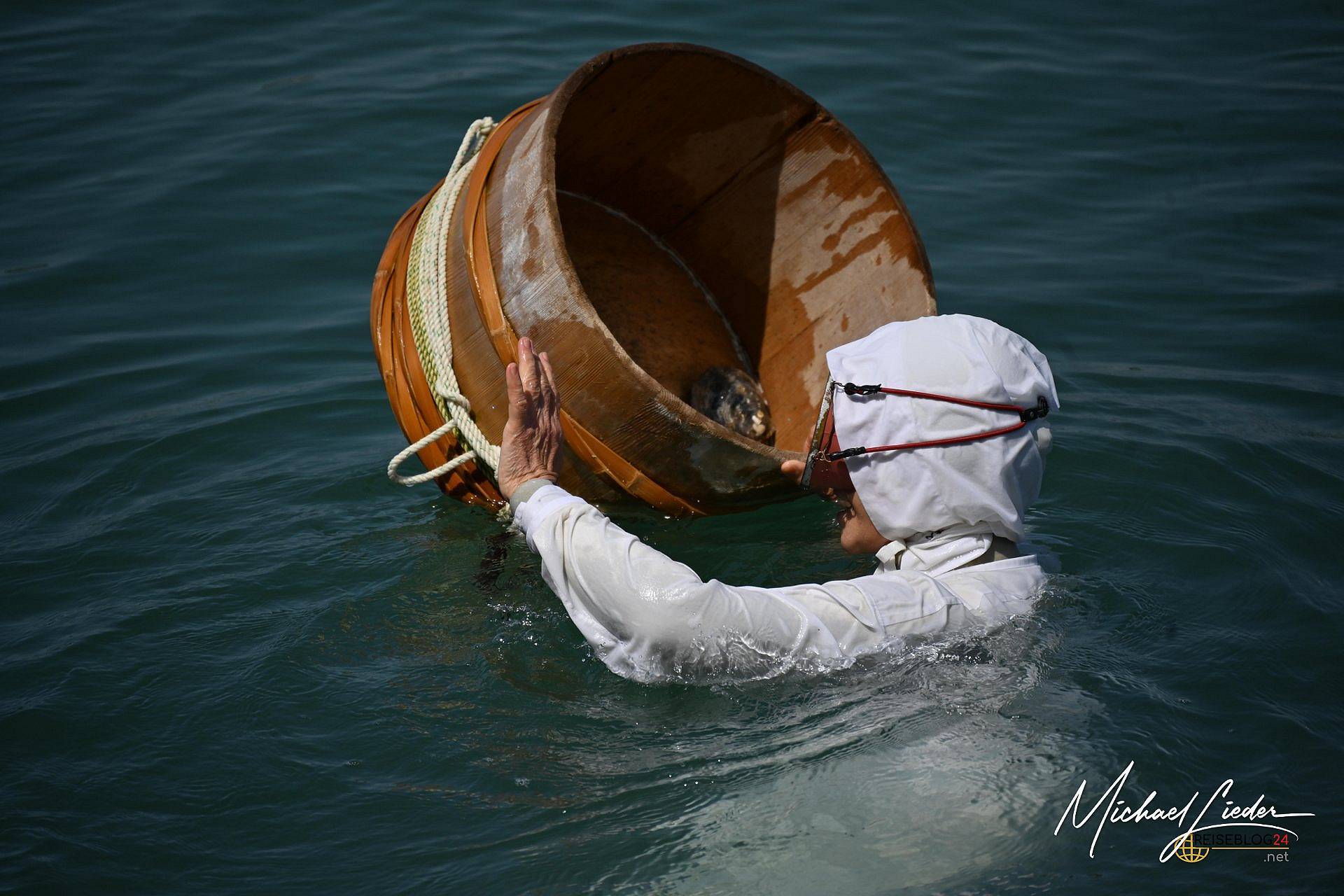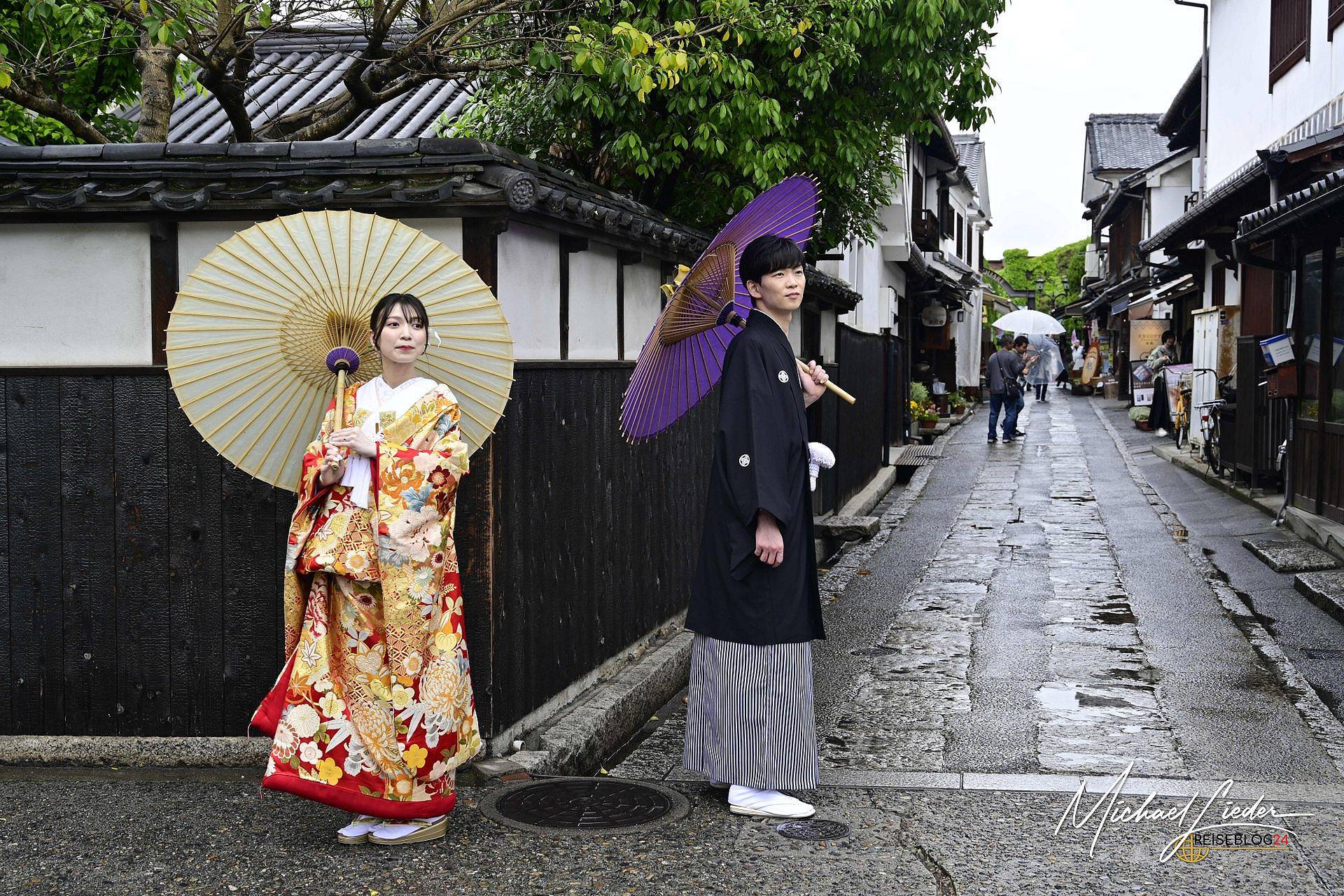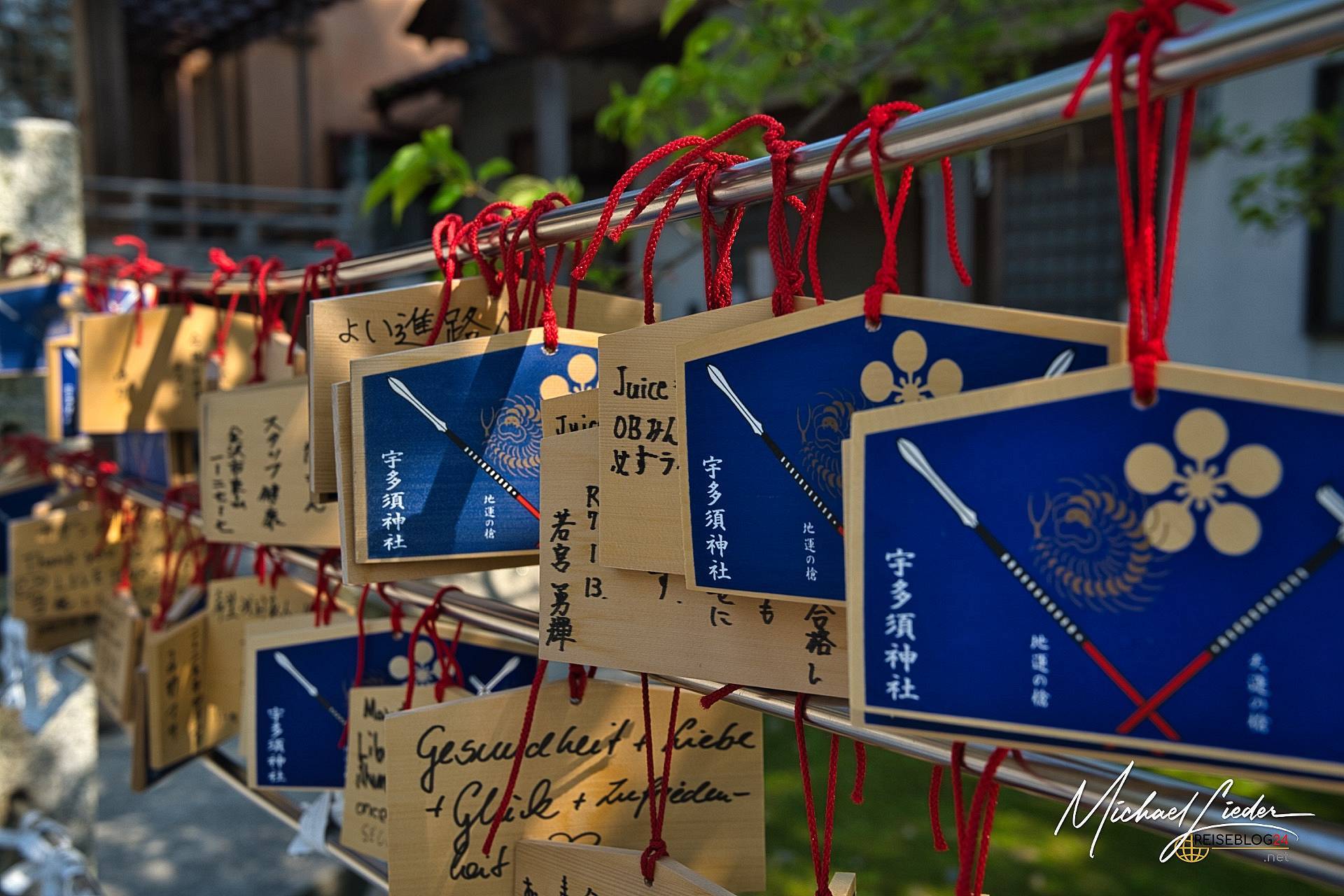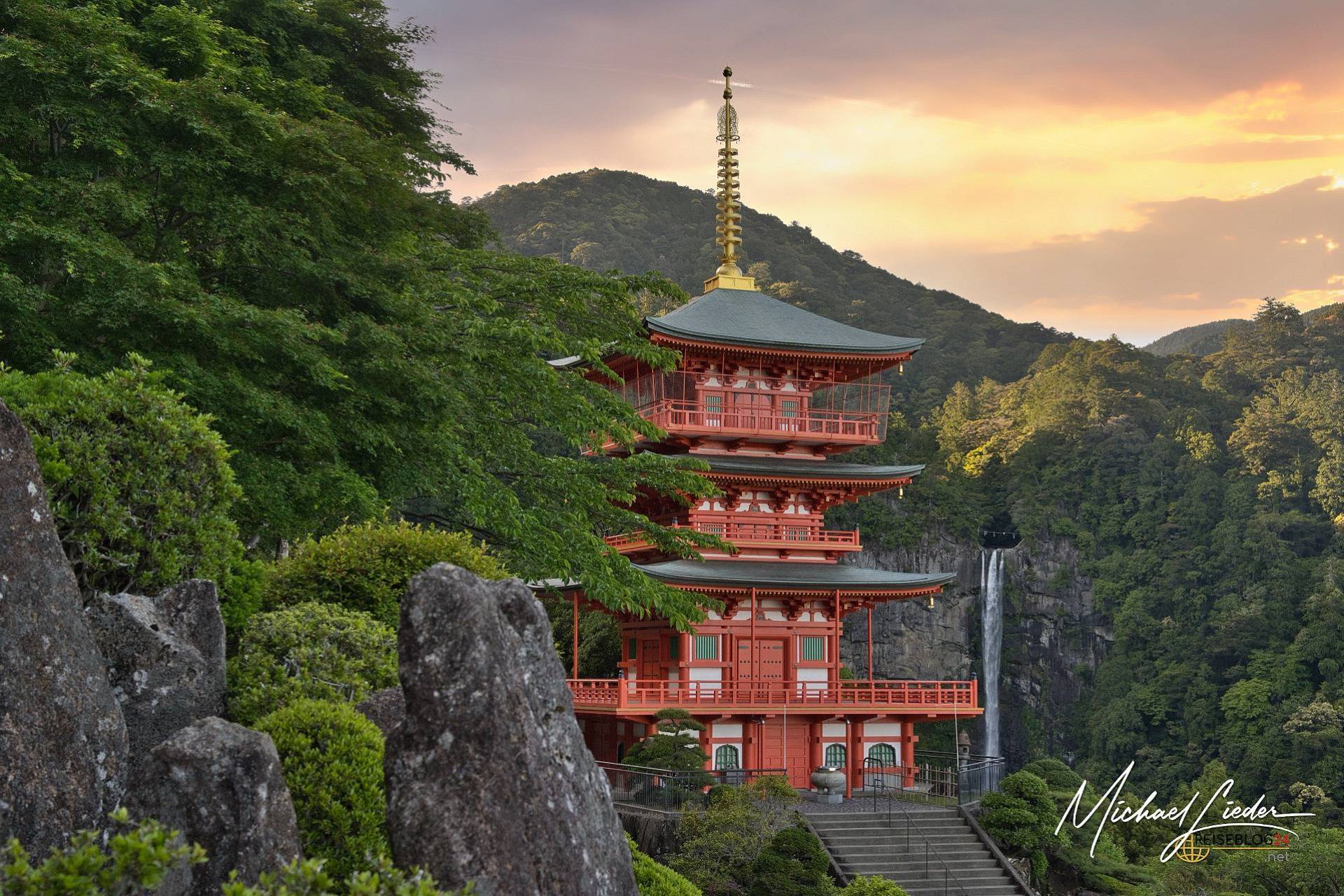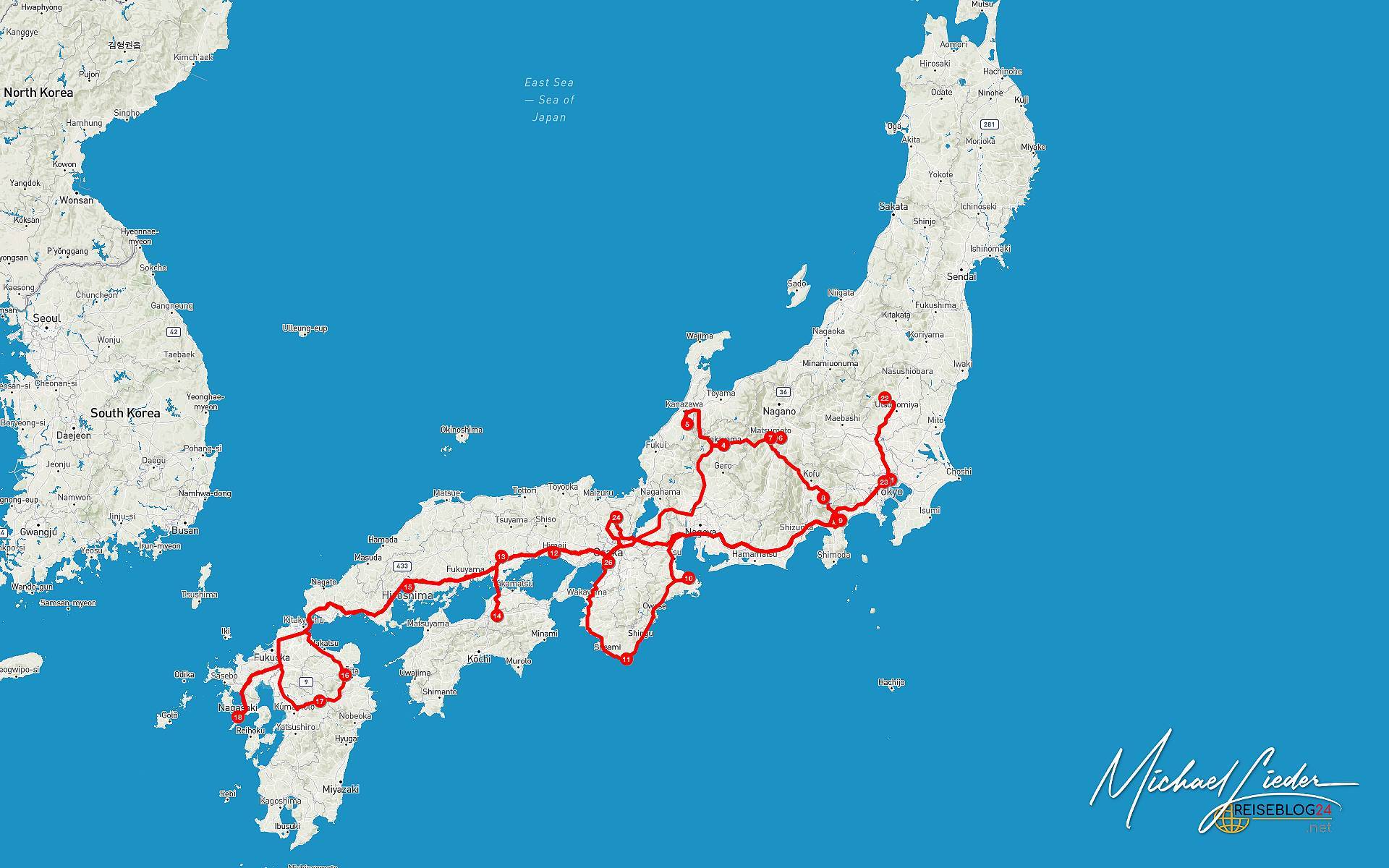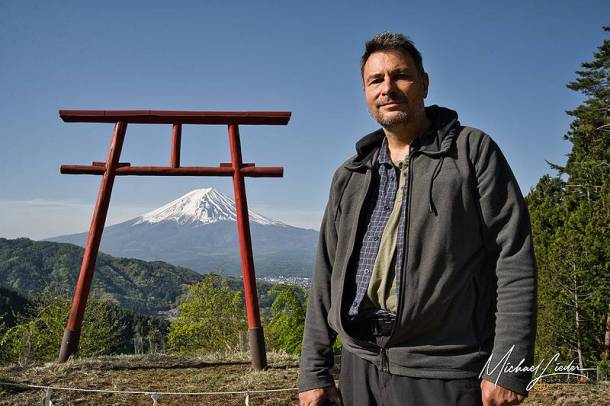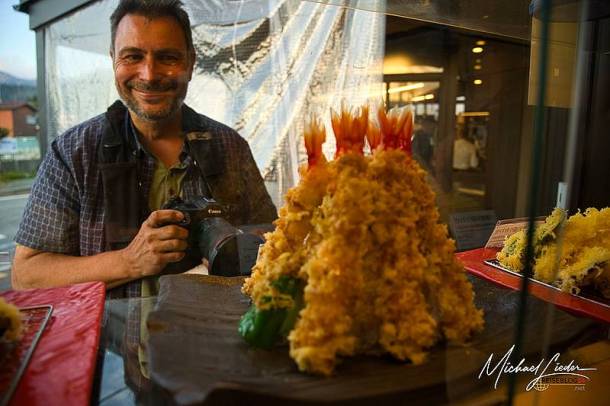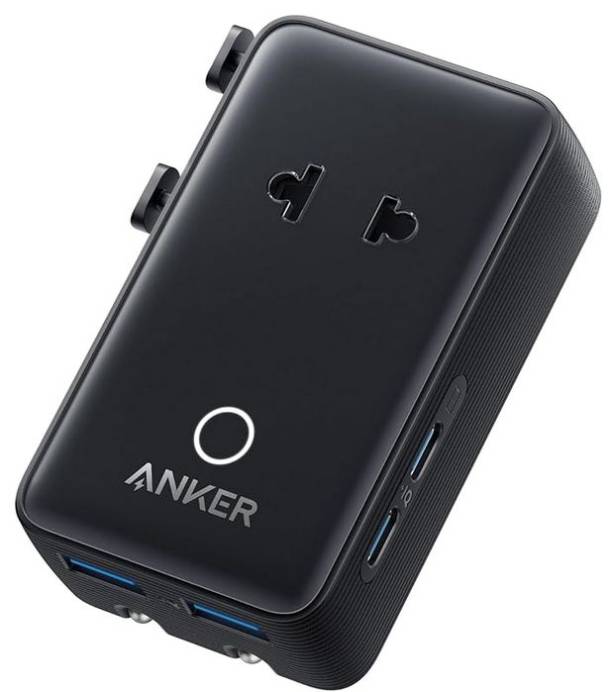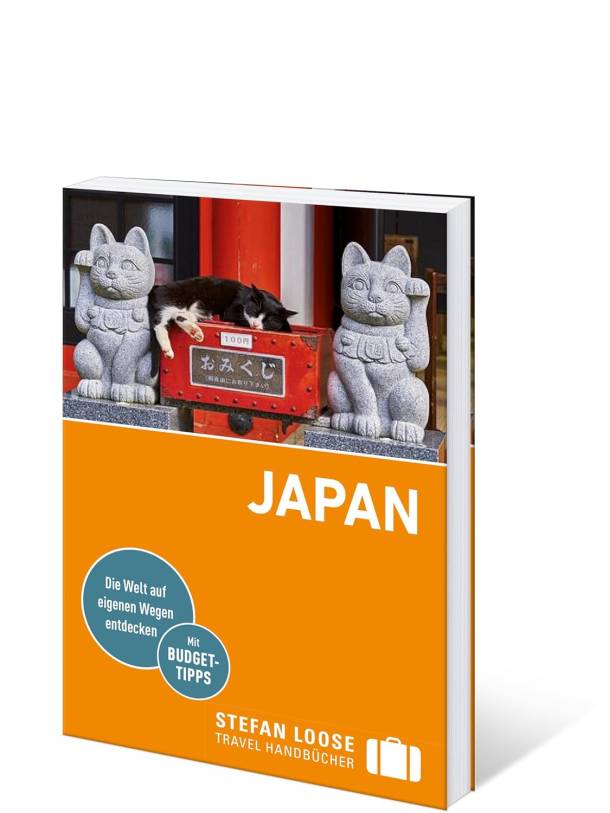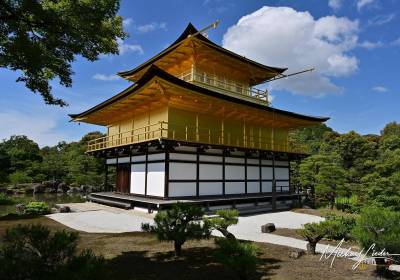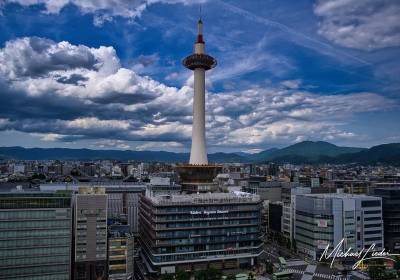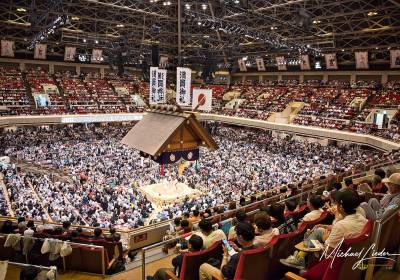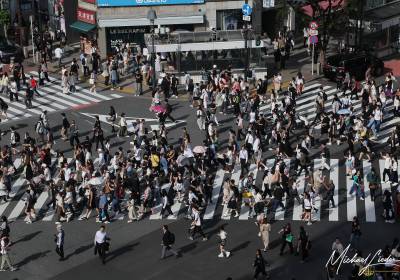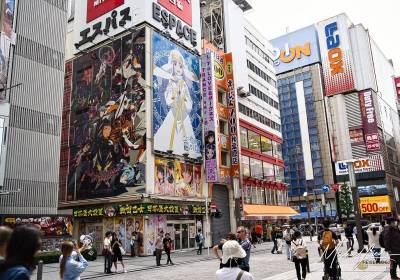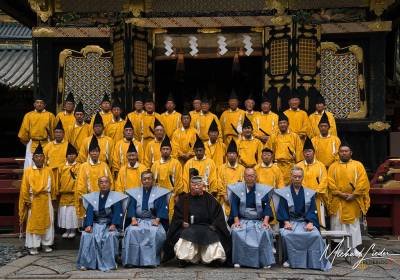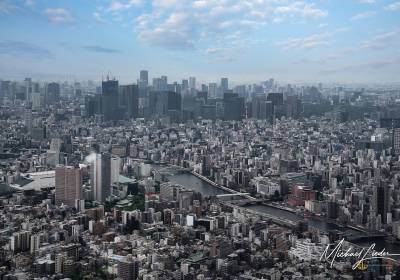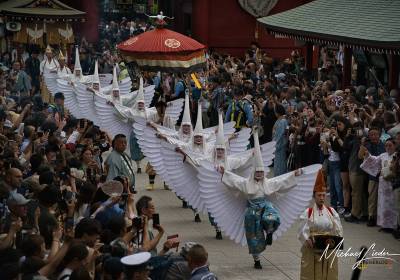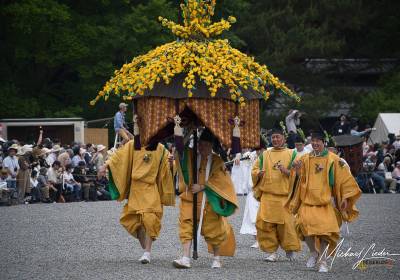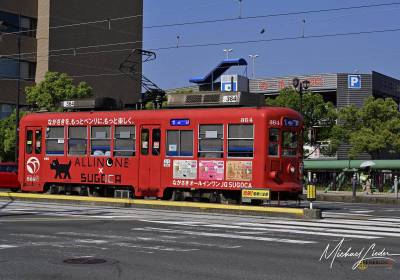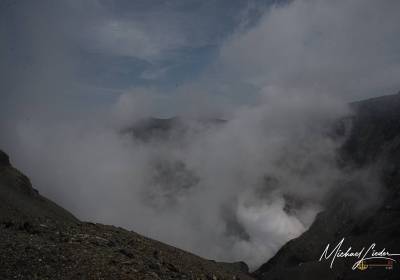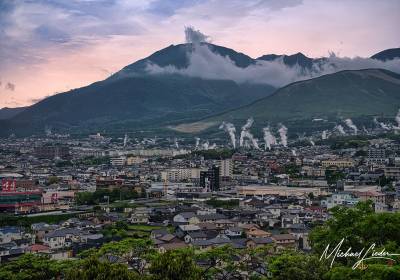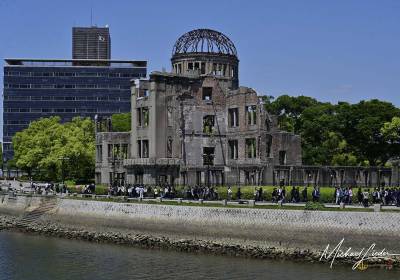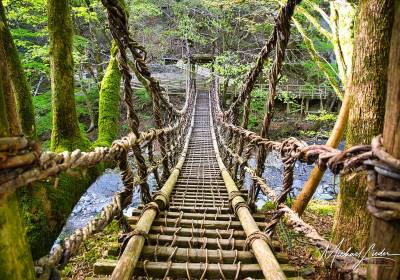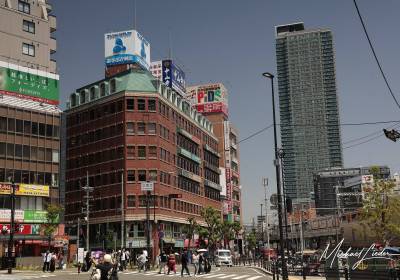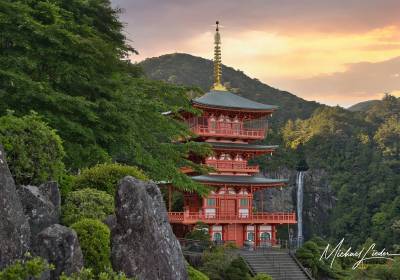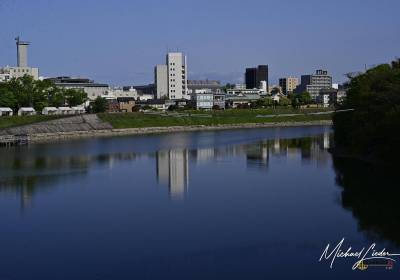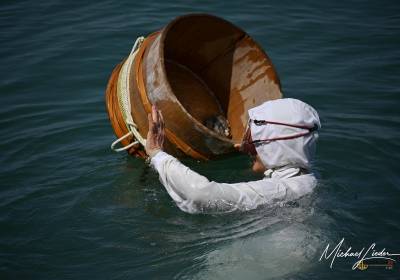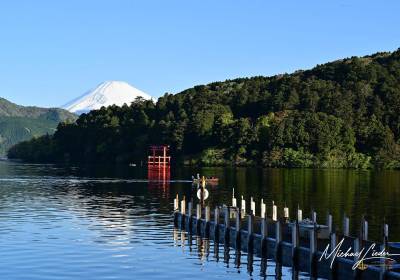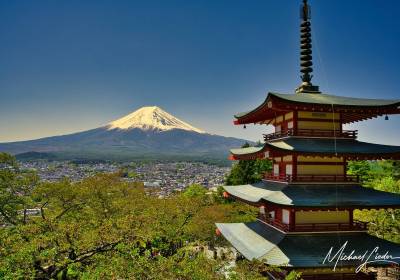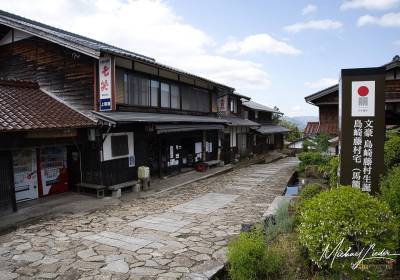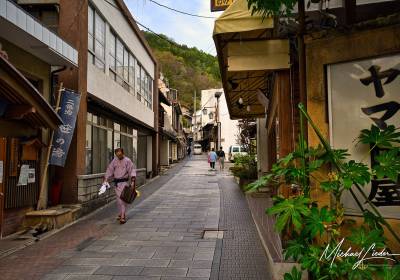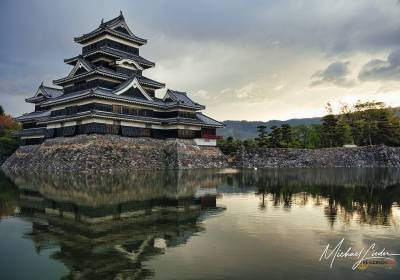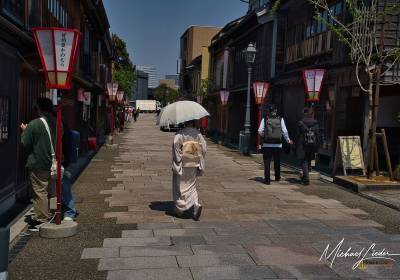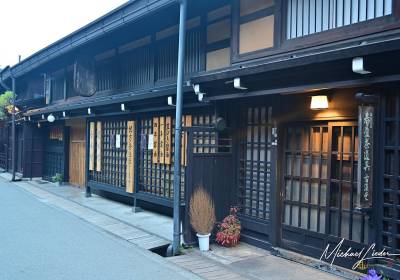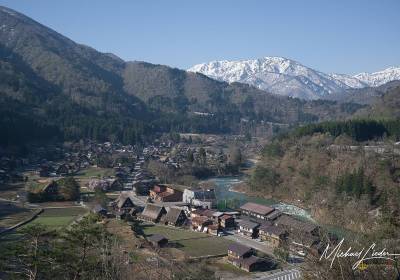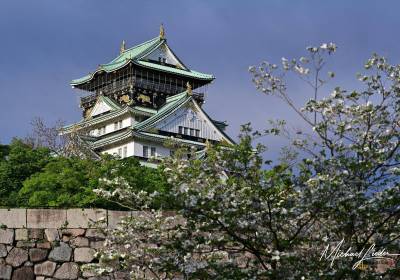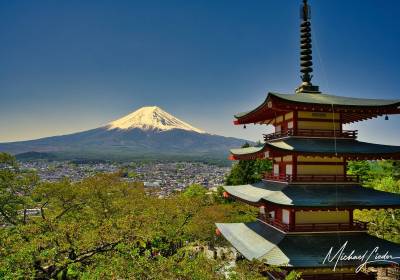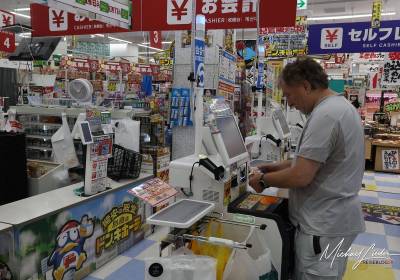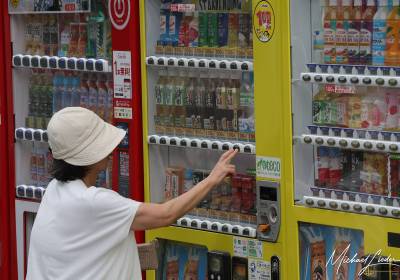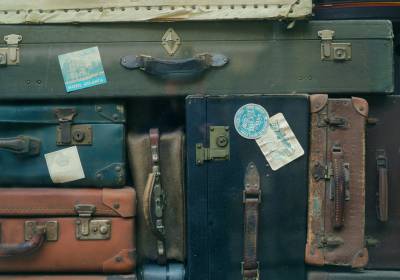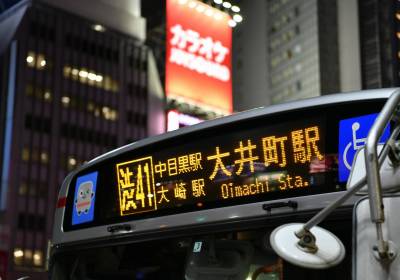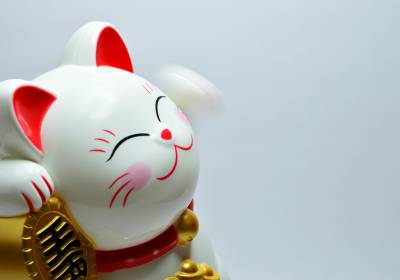Japan in Spring – Travel, Planning, Budget & Final Thoughts
Exploring Japan in Spring – The Land of the Rising Sun
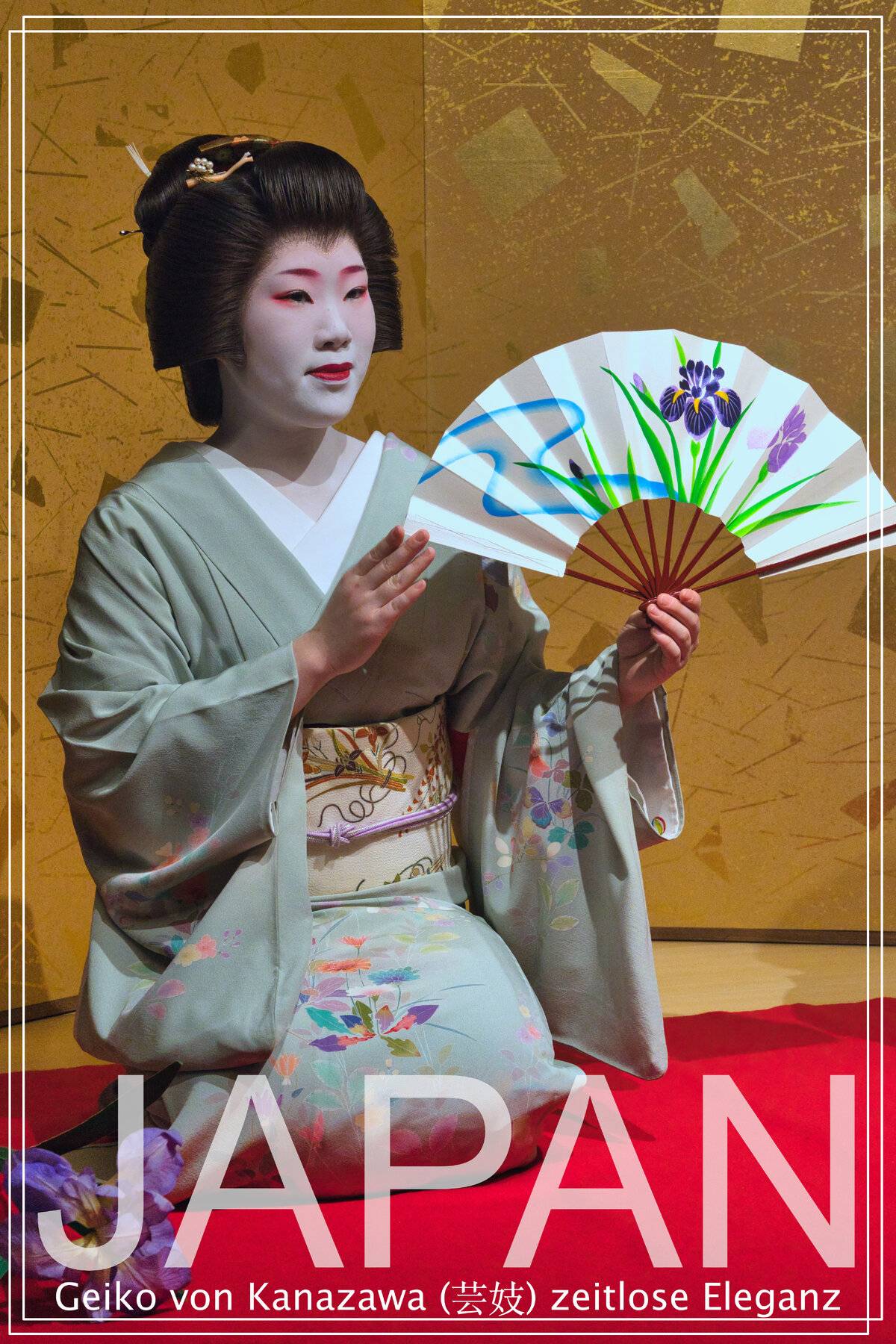
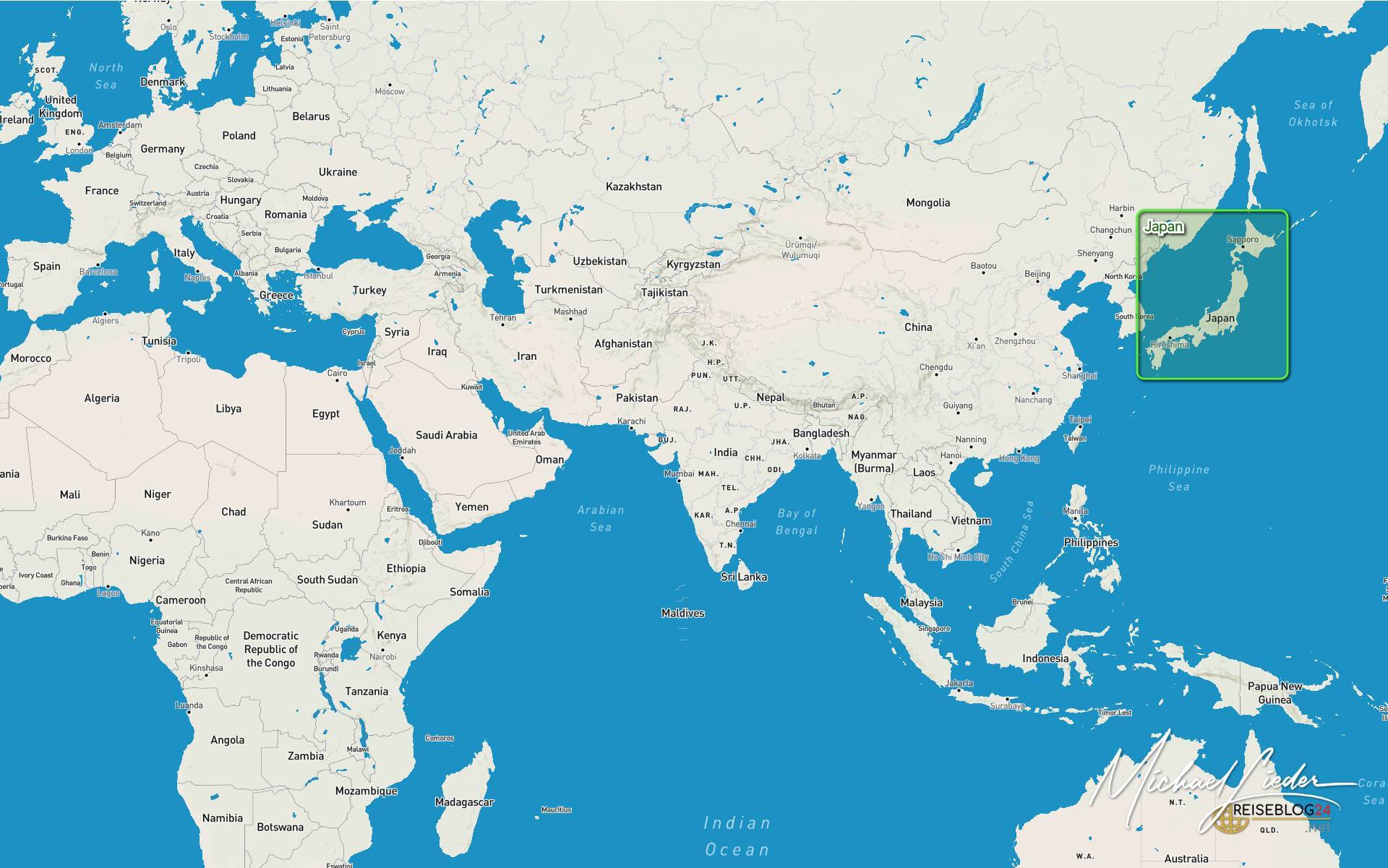
Exploring Japan in Spring
From April to June, we traveled through Japan this time – and I can happily say: it was a journey full of unforgettable experiences in the Land of the Rising Sun. In this blog, I don’t just want to share what we experienced on the ground, but also take you back to the planning phase, which was a bit more extensive than usual this time. For me, planning is one of the most beautiful aspects of any trip – because discovery often begins long before take-off. Of course, whether everything goes according to plan is always uncertain – but that’s exactly what makes traveling so exciting.
What did we experience in Japan?
One of the absolute highlights was attending several traditional festivals in Tokyo, Kyoto, and Nikko, which became some of the most impressive moments of our journey.
We traveled mostly by rental car, exploring Japan’s central, southern, and western regions. We deliberately left out the north to have more time for other areas. Besides driving, we also spent plenty of time on foot and by train – a wonderful way to experience Japan from different perspectives.
Who was with me?
I traveled together with my friend, Berlin-based photographer Roland Marske. And as expected, we were able to bring home a beautiful collection of images – which I’m very happy to share with you here.
I’m so excited to have taken you along on reiseblog24.net for my big spring journey to Japan! 🇯🇵
Just imagine: avenues of pink cherry blossoms, mystical temples, steaming onsen (hot springs), moments of reflection in Hiroshima and Nagasaki, and the vibrant energy of Tokyo – I was lucky enough to experience it all (and so much more). And you were there with me, virtually!
Here are some of the highlights:
Cherry Blossom Magic – I discovered the most beautiful hanami spots, including hidden gems far from the tourist crowds.
Culinary Adventures – From beautifully crafted sushi to hearty street food on bustling markets – it was all on the menu.
Tradition Meets Modernity – Nowhere else do centuries-old temples stand so naturally alongside futuristic skyscrapers.
Practical Tips – From Shinkansen tickets and travel logistics to onsen etiquette – I tried it all and documented it for you.
Cultural “Aha” Moments – Between etiquette rules, trying on a yukata, and quiet encounters, I gained a deep insight into the Japanese soul.
Why was it worth joining the journey?
Because I didn’t just share travel tips – I shared personal experiences, little mishaps, big “wow!” moments, and moving encounters that made this trip truly unforgettable.
👉 Were you along for the ride? Then you already know the magic. If not – take a look at reiseblog24.net and get inspired. Who knows – maybe your next big trip will take you to Japan.
A spring journey through Japan is a feast for both the senses and the soul. The mix of nature, culture, and modern technology creates unforgettable impressions. Careful planning is key to avoiding the crowds and enjoying the most beautiful sides of Japan in peace.
P.S.: I’m happy to read your comments, questions, and tips – let’s travel together!
And now, the cherry on top for everyone at home:
Starting this fall, the adventure continues live as well!
Roland Marske – who I had the pleasure of traveling through Japan with – is bringing his brand-new multimedia show “Japan” to the stage. If you’ve seen his previous presentations, you know: this isn’t a dry slideshow. It’s big-screen storytelling for the imagination – full of heart, humor, and goosebump moments.
🎥 Dates & info can be found here:
👉 https://jules-verne-online.de
-
Politeness and Etiquette 🤝
The Japanese are extremely polite, but many gestures and customs may feel unusual to us. For example, people bow when greeting, remove their shoes before entering homes, and avoid speaking loudly on public transport.
-
Food Culture 🍣
From fish and rice for breakfast to bento boxes and sushi – the food is different but a true delight for food lovers. A surprise for many Europeans: slurping soup loudly is considered a sign of enjoyment!
-
Language and Characters 🈯
English isn’t spoken everywhere, especially outside the big cities. Google Translate or translation apps are useful travel companions. Signs are often only in Japanese – which turns the journey into a real adventure!
-
Technology Meets Tradition 🏯🔋
Japan offers futuristic trains and robot cafés right next to centuries-old shrines – a fascinating contrast that often leaves Europeans amazed.
-
Toilet Culture 🚽
Japanese toilets are an experience in themselves – heated seats, background music, and automatic lids are standard. At first, this can be confusing for Europeans, but in the end, it often becomes a quirky highlight of the trip. 😄
🏙️ Osaka – My Entry into Japan
I begin in Osaka. At Hotel Leola Tamatsukuri, I settle in and slowly get into the spirit of things. Before the road trip really begins, I head to Koyasan – a world of its own. The temples, the silence, the atmosphere: it feels as if time itself has stopped.
🏞️ Takayama, Shirakawa-go & Kanazawa – Alpine Magic and Gassho Houses
In Takayama, I stroll through the charming old town. From there, I continue through the fairytale villages of Ogimachi, Suganuma, and Ainokura. The Gassho-Zukuri farmhouses look as if they belong to another century. In Kanazawa, I encounter a real Geiko – a moment full of grace and history.
❄️ Snow Monkeys & Mountain Landscapes – Yamanouchi & Matsumoto
I travel on via the Tateyama Kurobe Alpine Route – with snow piled meters high beside the road. At the Jigokudani Monkey Park, I watch the famous snow monkeys relaxing in the hot springs. Then, the journey leads me to Matsumoto, where I explore the city’s famous castle.
🗻 Fuji Five Lakes & Hakone – Japan’s Icon Up Close
Around Mount Fuji, I experience a picture-perfect setting: the Chureito Pagoda with the mountain in the background, the Momiji Tunnel, the Tenku-no Torii – simply breathtaking. In Hakone, I relax by Lake Ashi and take in the views from the ropeway.
🌀 Coasts, Bridges & Spiritual Sites – Ise, Wakayama & Himeji
I wake up early to witness the sunrise at the Meoto Iwa (Wedded Rocks). I drive along the coast to Kushimoto, with its spectacular Hashiguiiwa rock formations. In Himeji, I marvel at the magnificent White Castle – truly an architectural jewel.
🌉 Okayama, Shikoku & Hiroshima – Gardens, Legends & Floating Torii
In Okayama, I wander through the Kōraku-en Garden. Crossing the Seto-Ōhashi Bridge, I arrive on the island of Shikoku. In the Iya Valley, I dare to cross the rustic vine bridges. Later, Hiroshima greets me with all its history – and Miyajima’s floating Torii gate becomes a quiet, moving highlight.
🔥 Onsen, Craters & Colonial Flair – Beppu, Aso & Nagasaki
In Beppu, I indulge in a long soak in the hot springs. Then I drive through the dramatic volcanic landscapes of Aso, before immersing myself in Nagasaki – a city full of stories, memories, and cultural diversity.
🏯 Finale with Heart – Kyoto, Nikko & Tokyo
In Kyoto, I lose myself among temples, gardens, and cozy teahouses. Nikkō enchants me with its opulent architecture. And finally: Tokyo – alive with the energy of the Sumo Festival. I spend the night in a capsule hotel – futuristic, yet surprisingly comfortable.
Empfohlen von Reiseblog24
Suchst du nach individueller Beratung und der richtigen Ausstattung für deine nächste Reise? Tramperhaus.de ist dein perfekter Partner für Abenteuer und Entdeckungen! Lass dich inspirieren und finde, was du für deine Reise benötigst.
Flights and Stopovers
Direct Flights to Japan
From Germany, there are numerous direct flights to Japan. The main destination airports are:
-
Tokyo (Narita and Haneda) – ideal for starting in the capital or for round trips.
-
Osaka (Kansai International Airport) – perfect for visiting Kyoto and the Kansai region.
-
Nagoya (Chubu Centrair Airport) – a great gateway to central Japan.
Direct flights from Germany depart from:
-
Frankfurt am Main – daily connections with Lufthansa, Japan Airlines (JAL), and All Nippon Airways (ANA).
-
Munich – also direct flights with Lufthansa and ANA.
-
Düsseldorf – occasional direct flights to Tokyo.
For budget-conscious travelers, airlines such as Finnair, Turkish Airlines, or Emirates offer affordable connections with one stopover.
Flight Times to Japan
A direct flight from Germany to Japan takes approximately:
-
Tokyo: 11–12 hours
-
Osaka: ~12 hours
-
Nagoya: ~12 hours
With stopovers, travel time usually extends to 15–20 hours, including layovers.
Arrival Time – Avoiding Jet Lag
Most flights to Japan depart in the afternoon or evening and arrive in the morning or early afternoon (local time). This means:
-
You often gain a full day in Japan, but your body will need time to adjust to the time difference (+7 to +8 hours).
-
Tip: Try to sleep on the plane and adjust to Japanese local time immediately upon arrival.
Japan in Spring – Travel Map
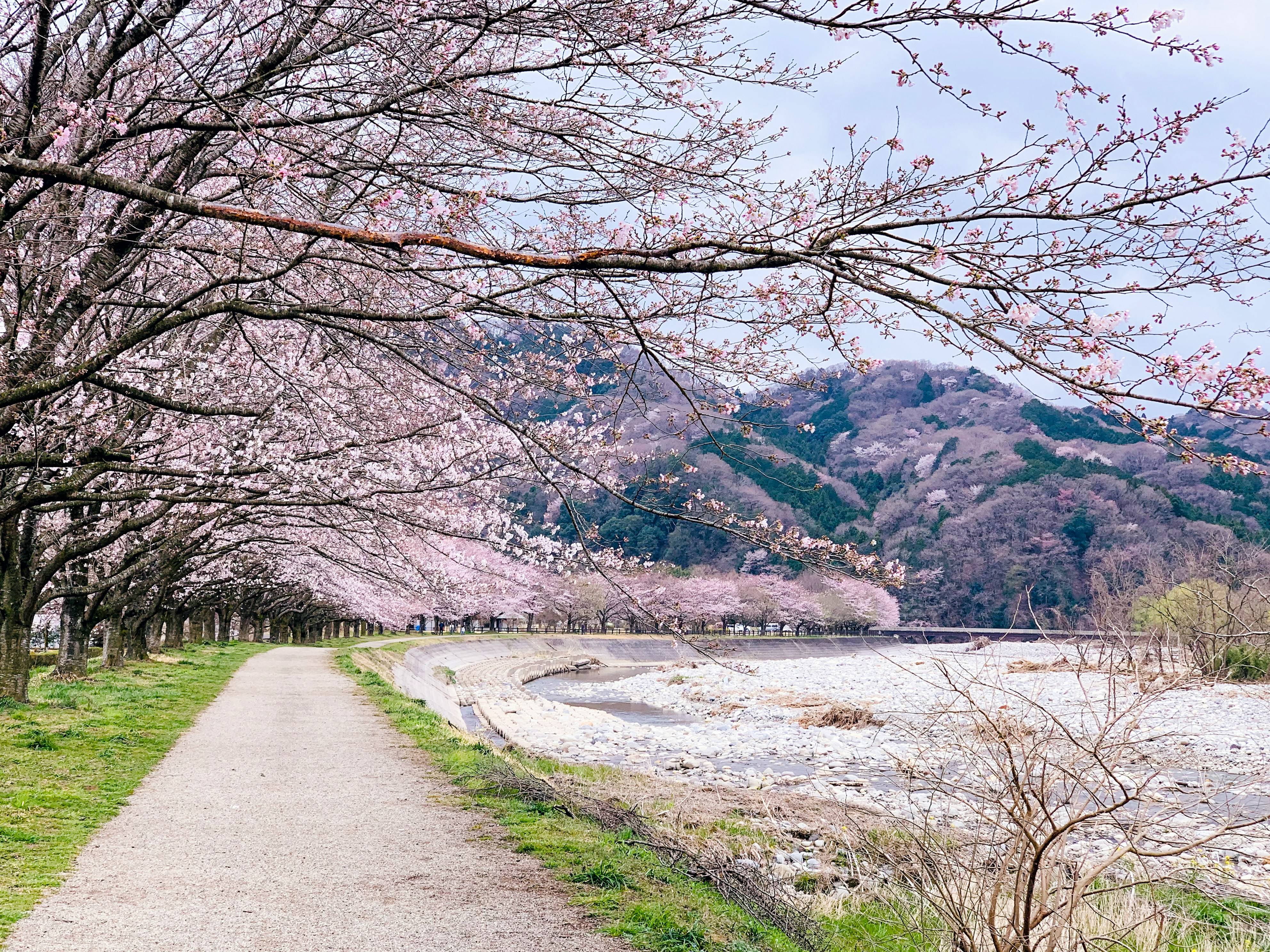
Japan im Frühling
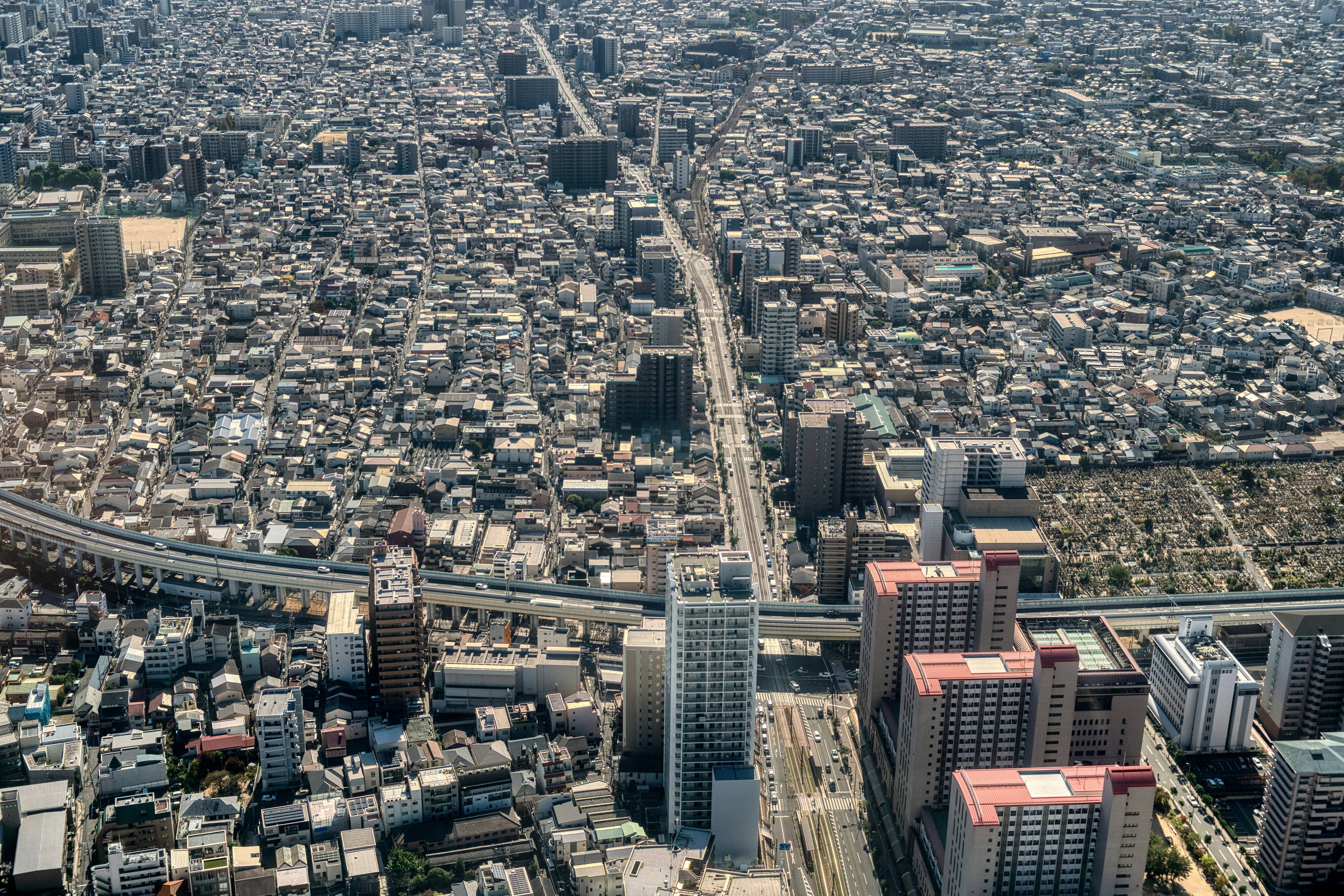
Osaka
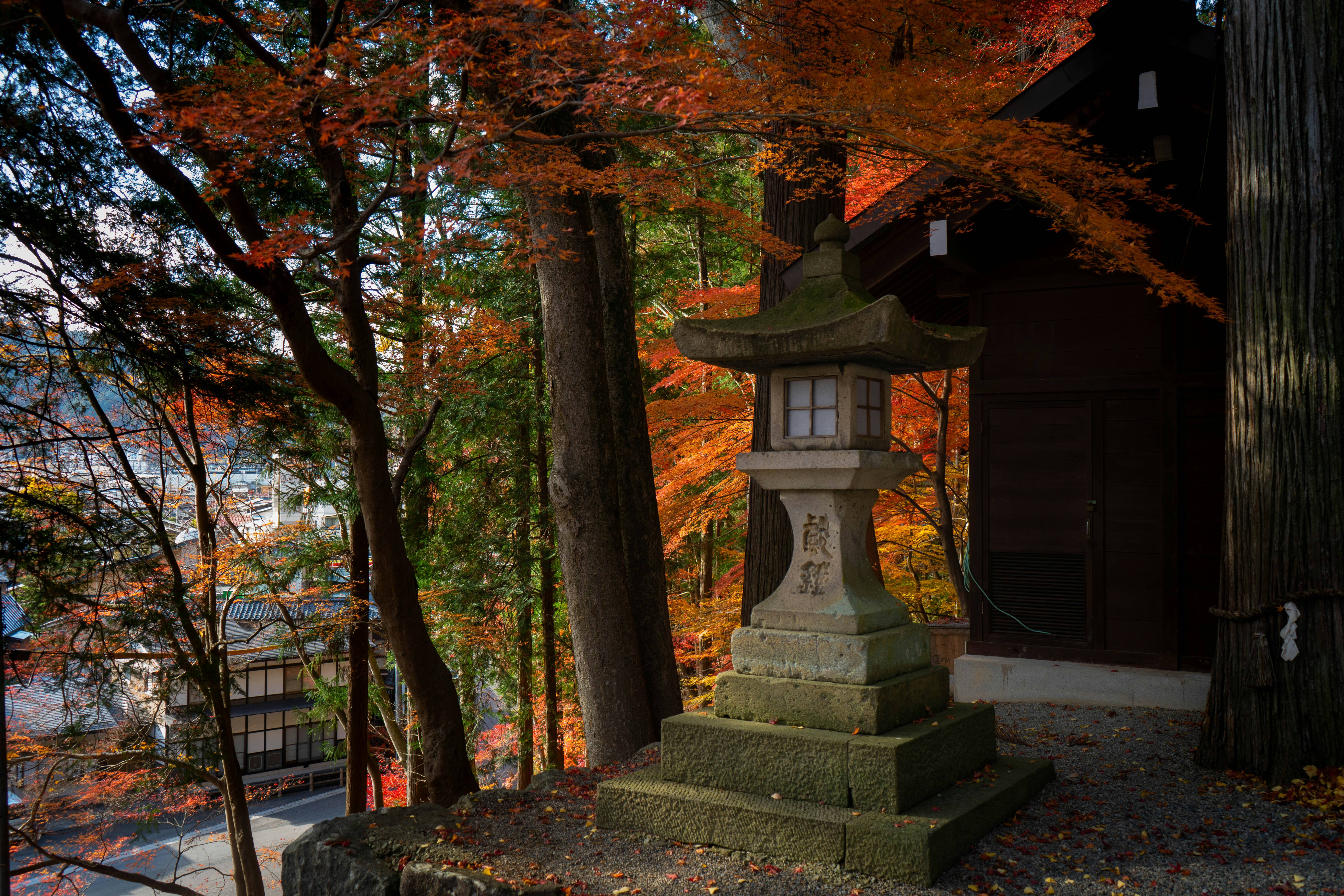
Takayama
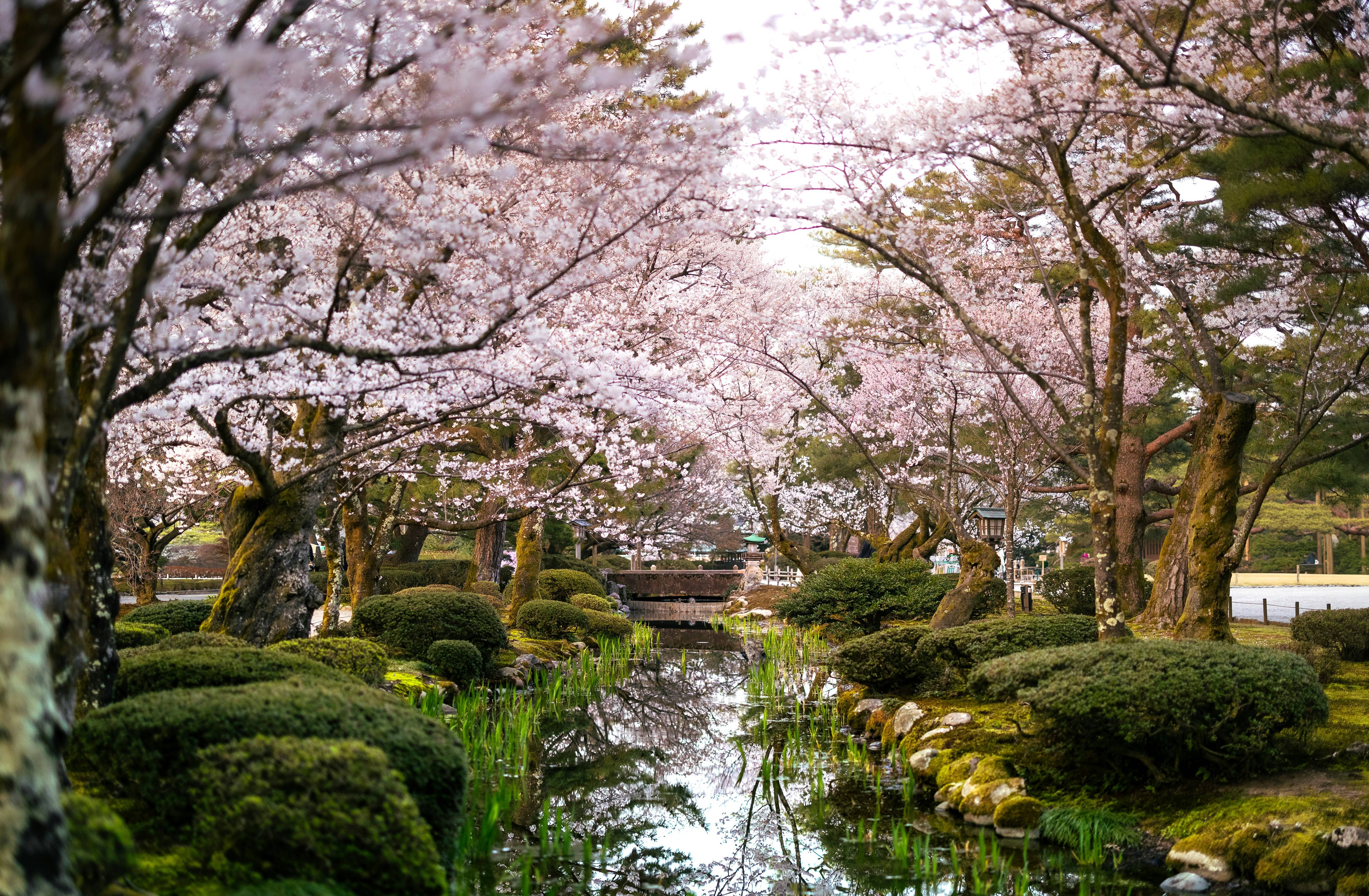
Ishikawa
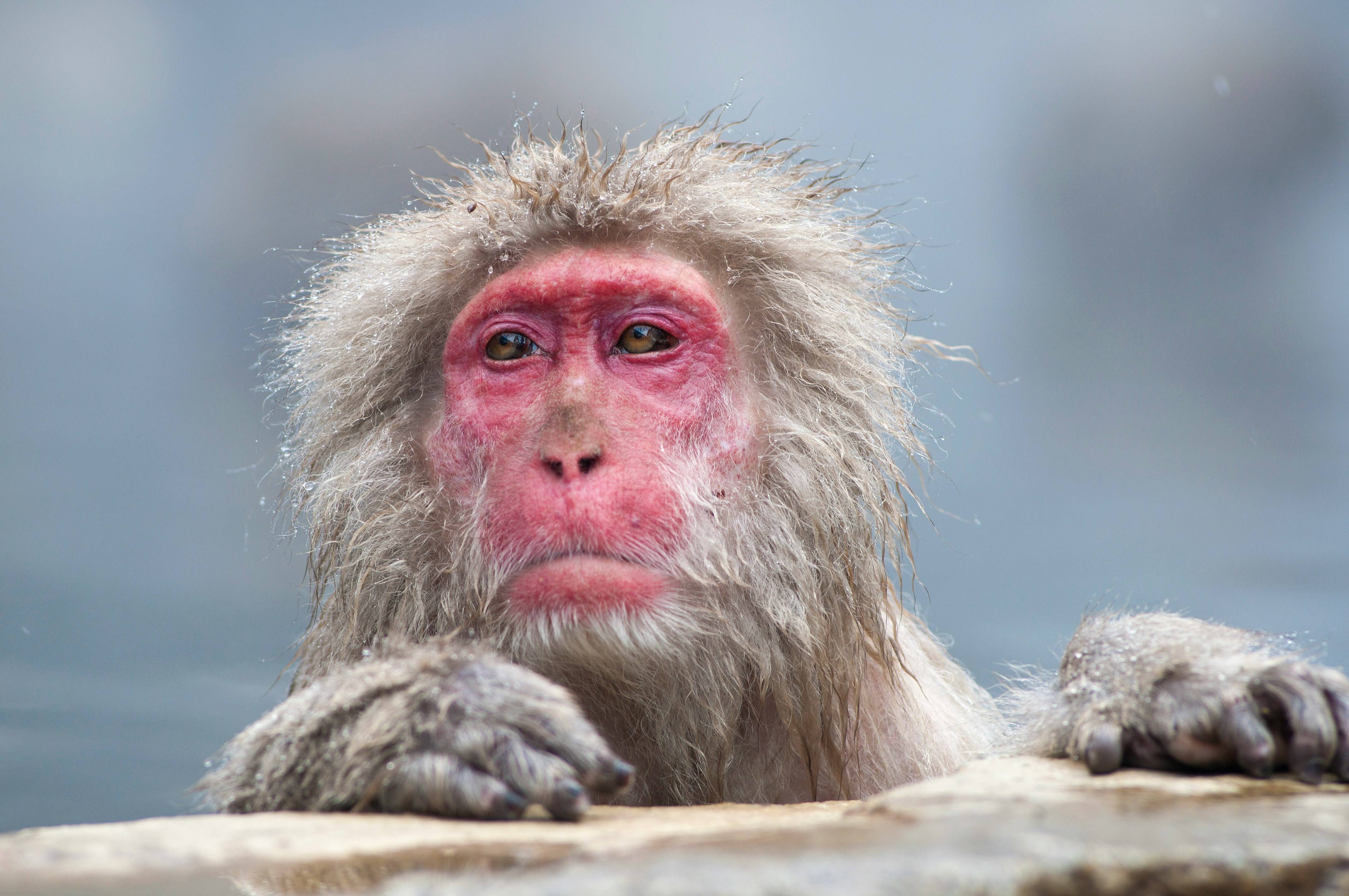
Yamanouchi
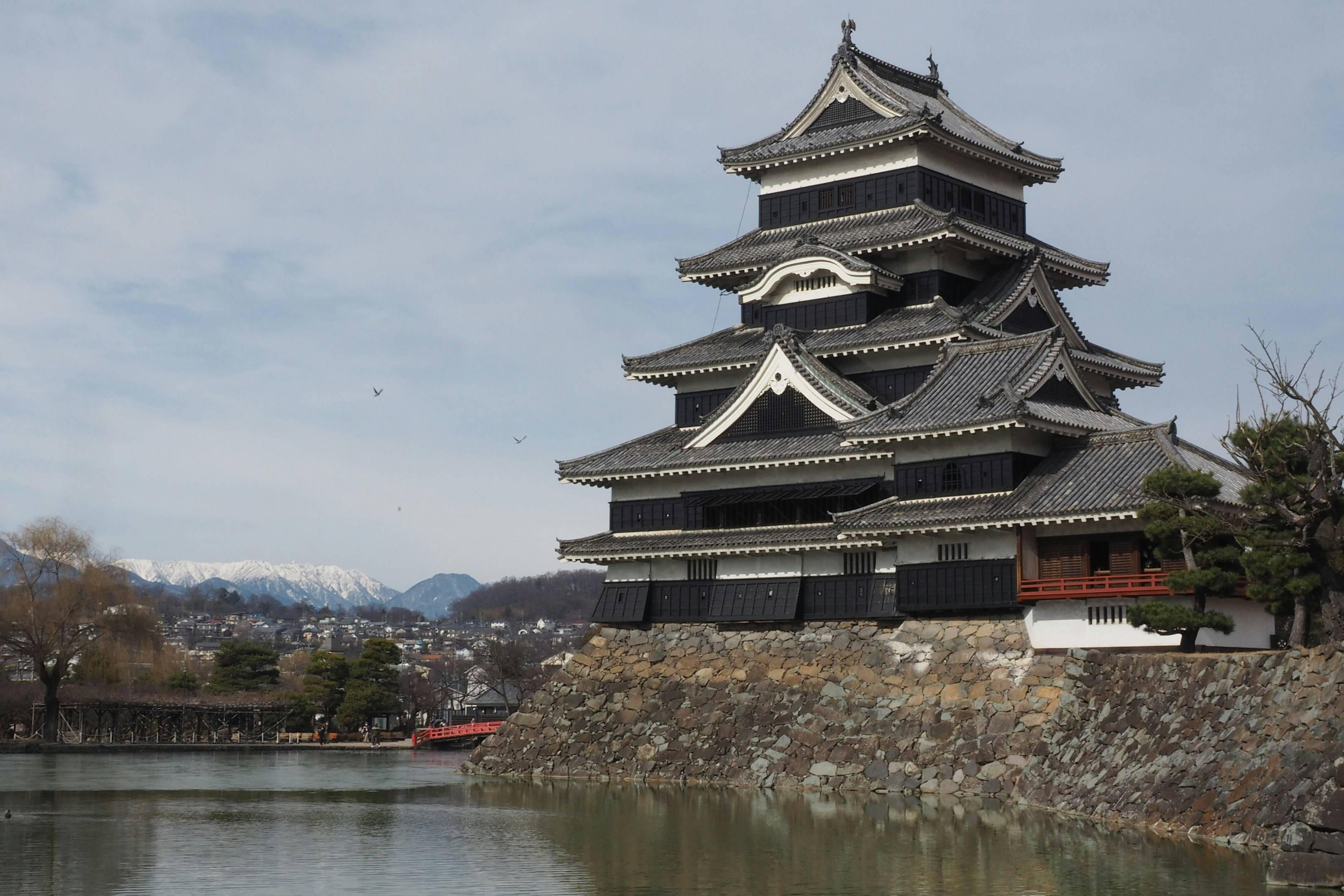
Matsumoto
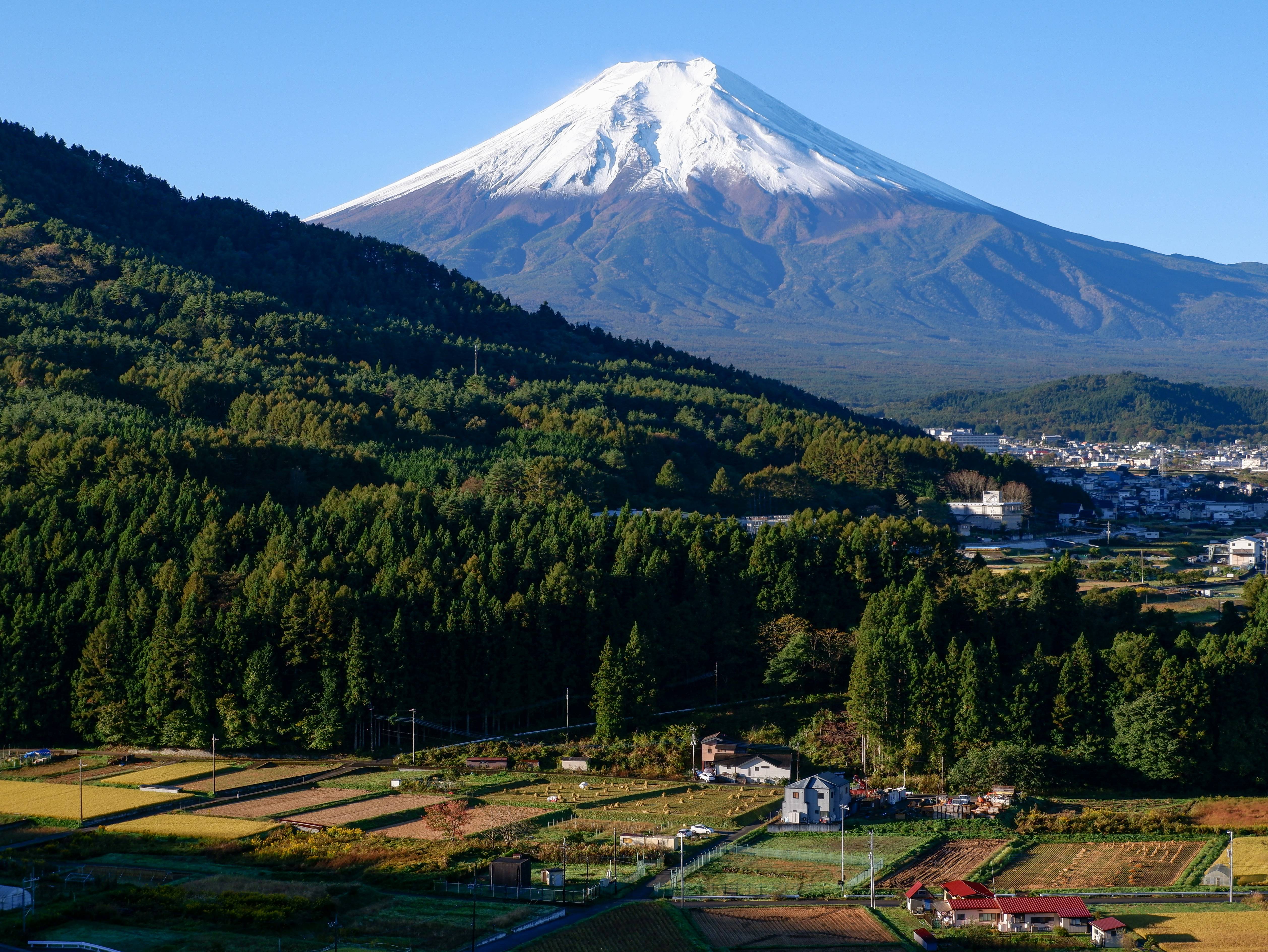
Yamanashi
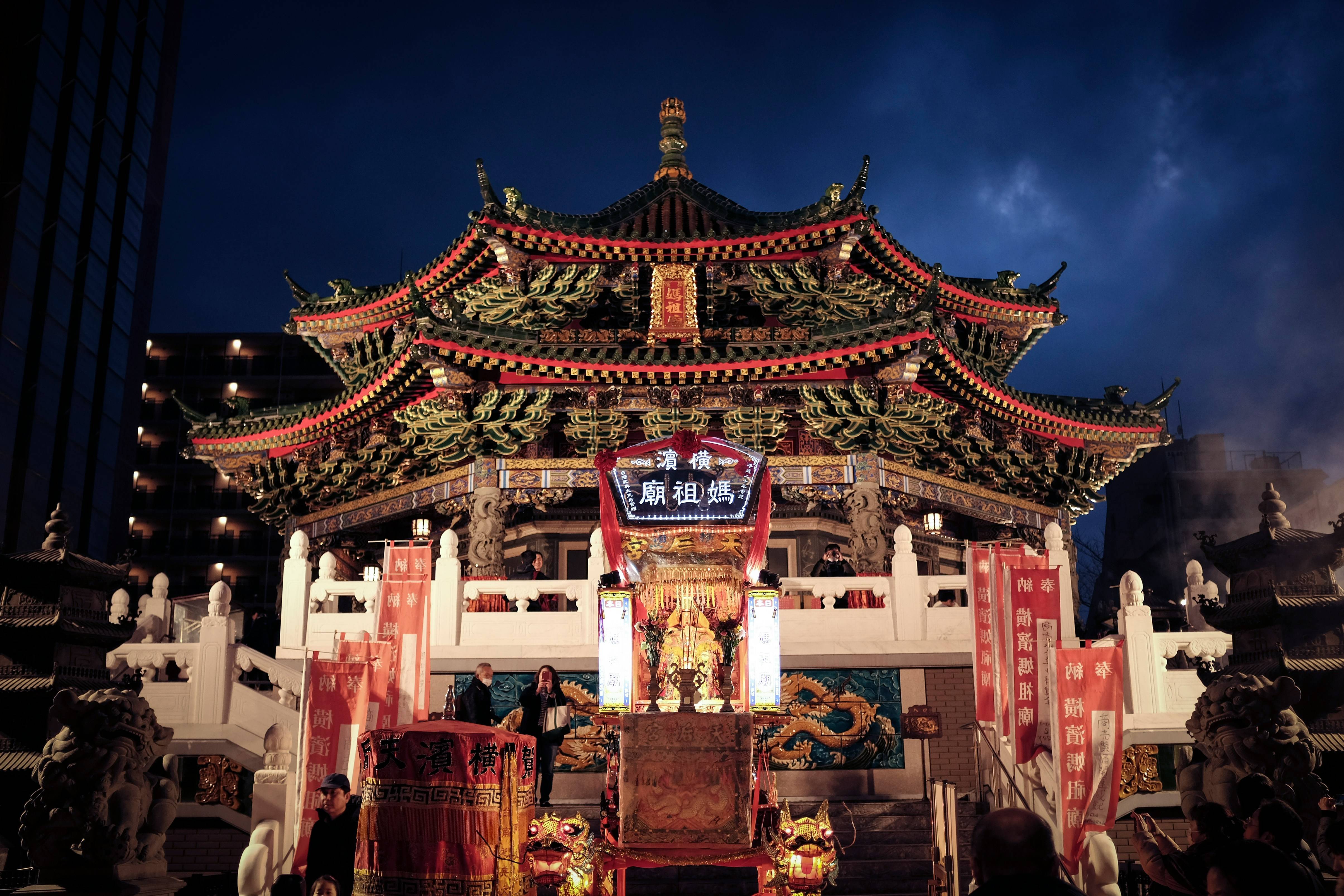
Kanagawa
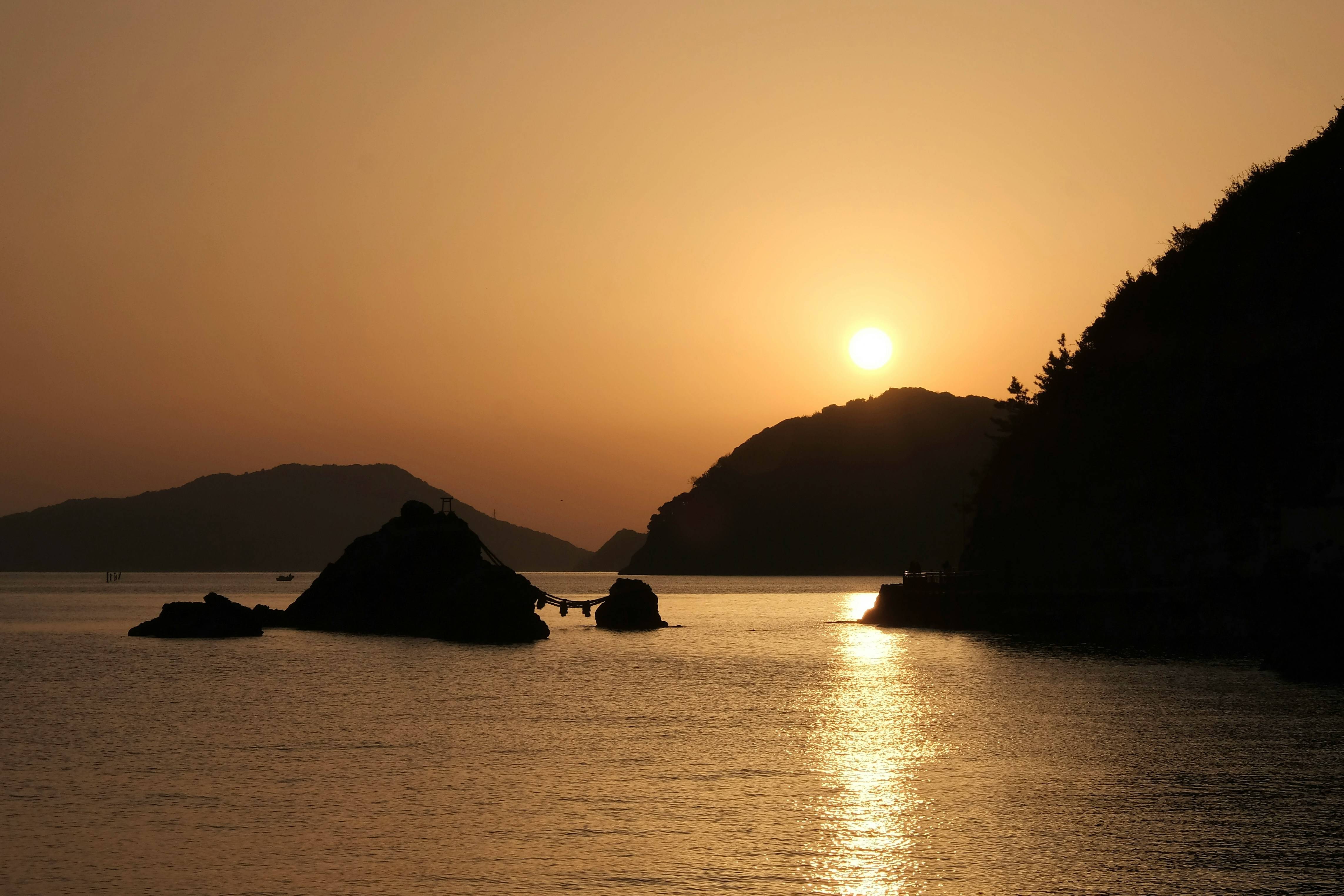
Mie
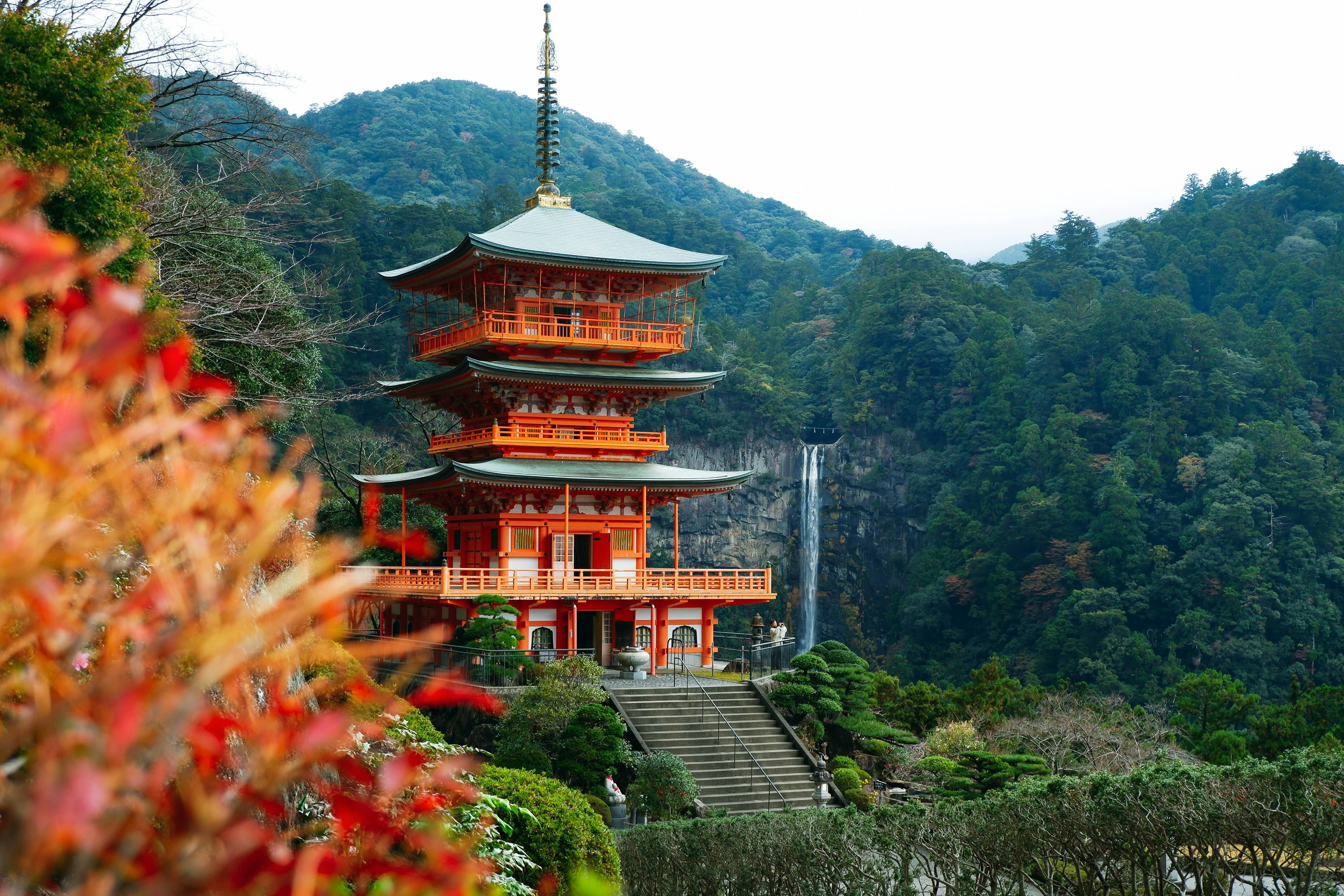
Wakayama
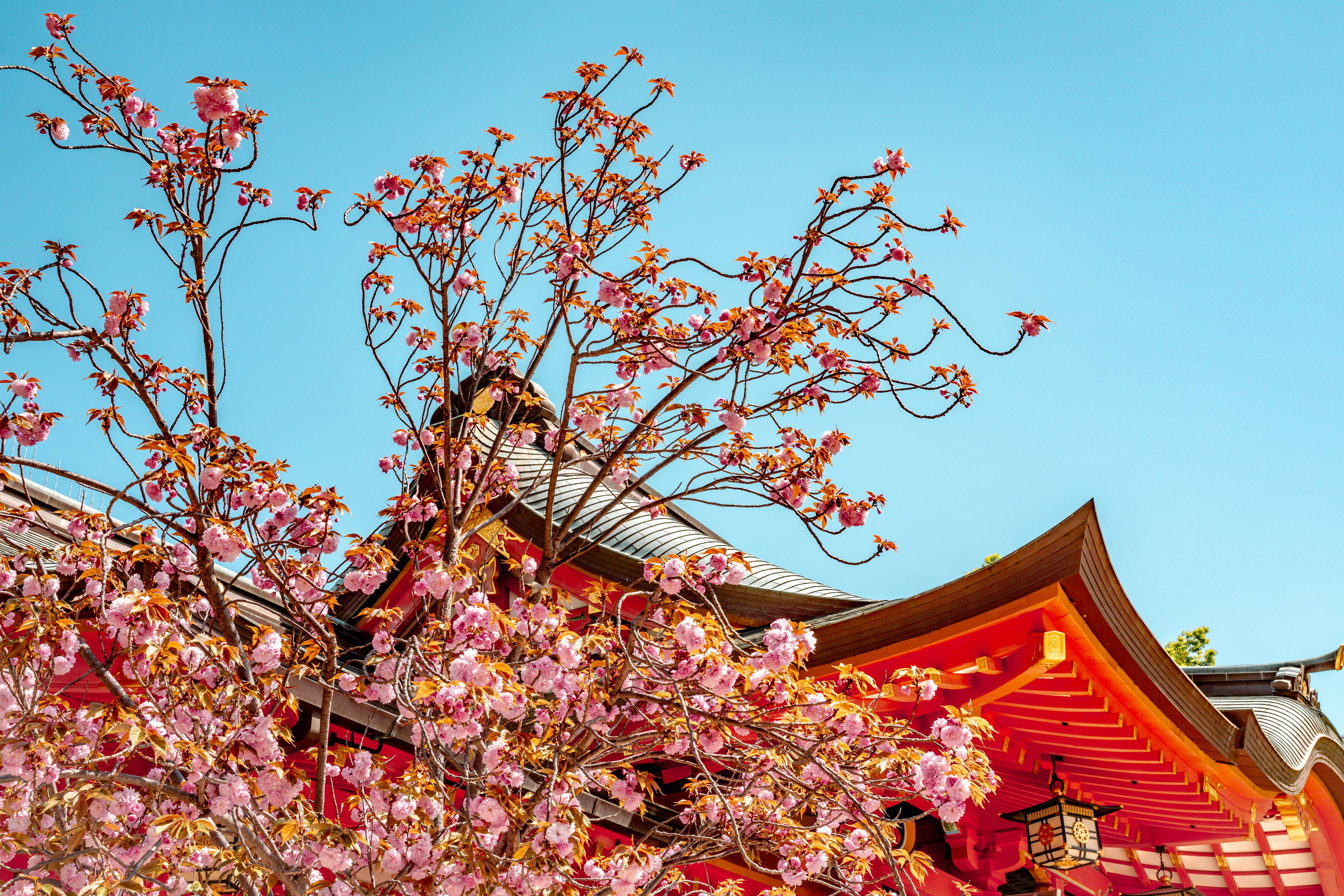
Hyogo
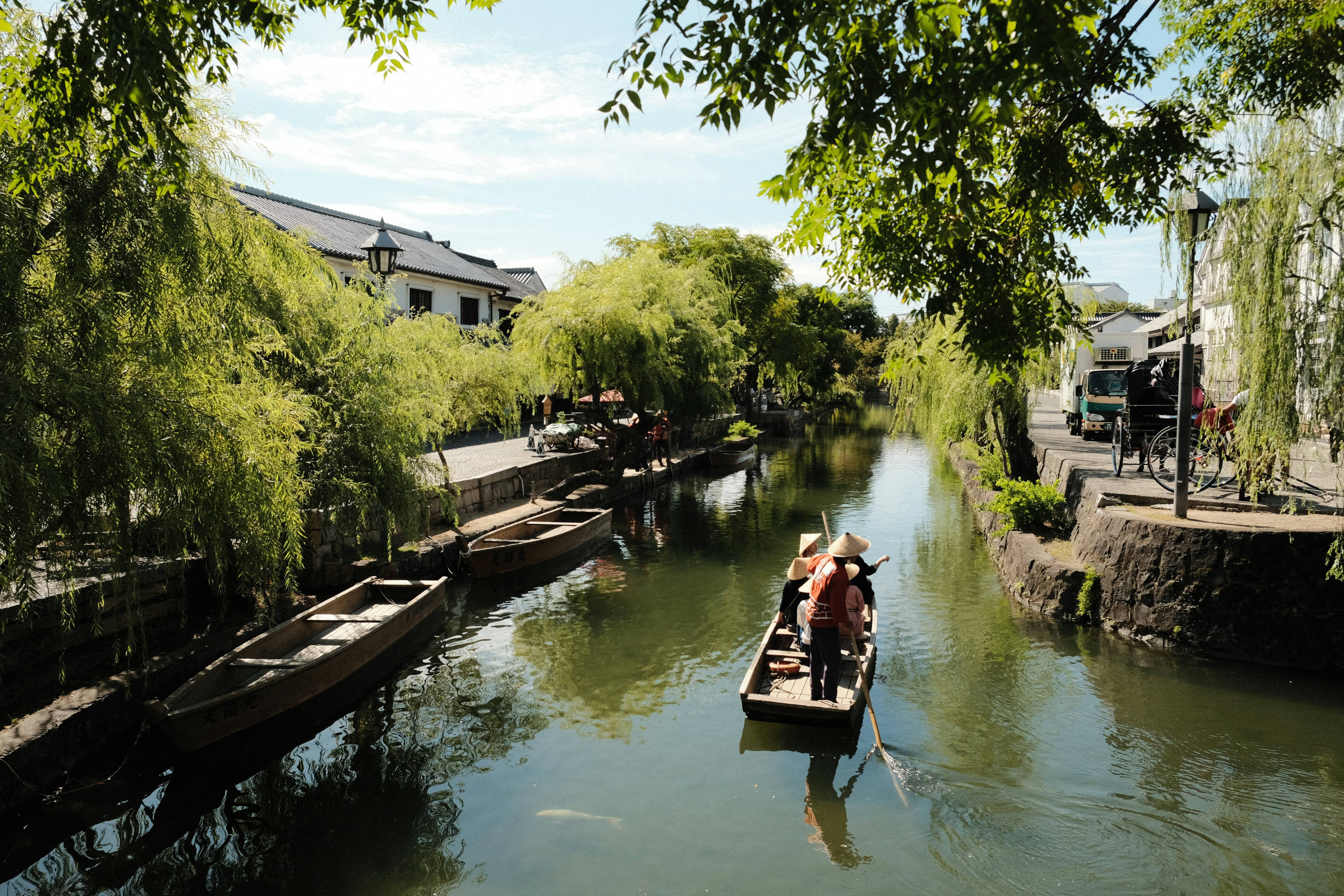
Okayama
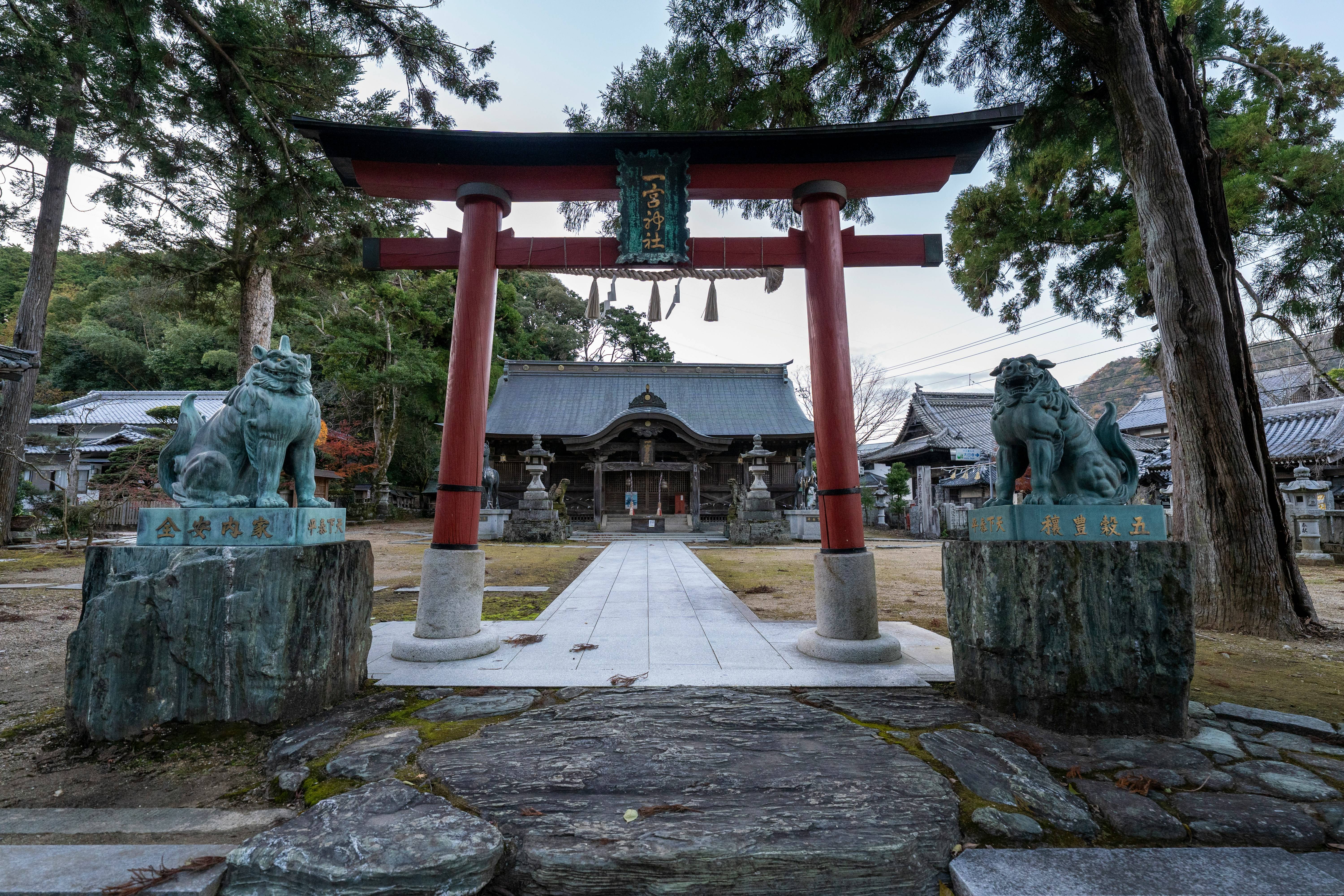
Tokushima
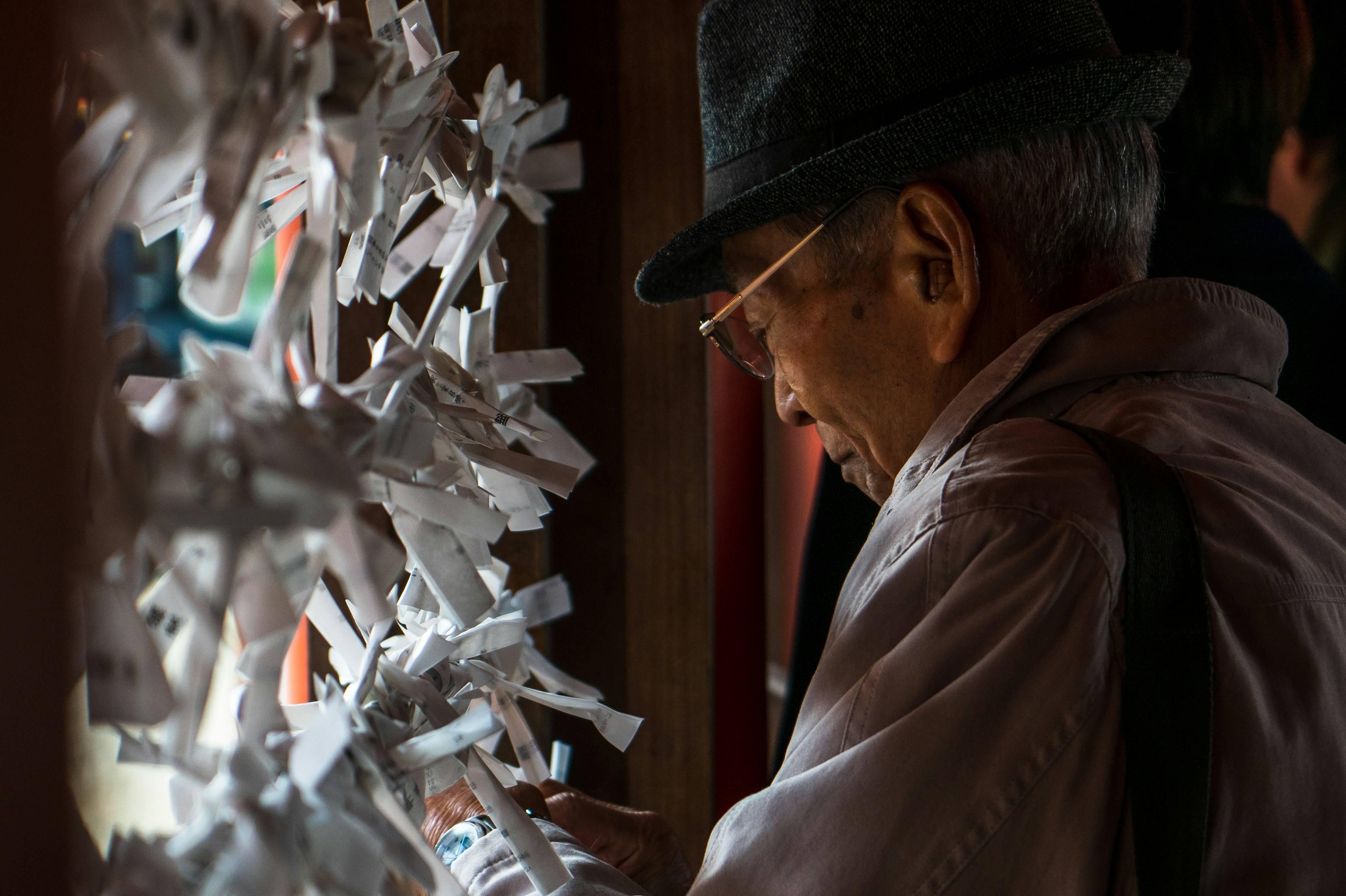
Hiroshima
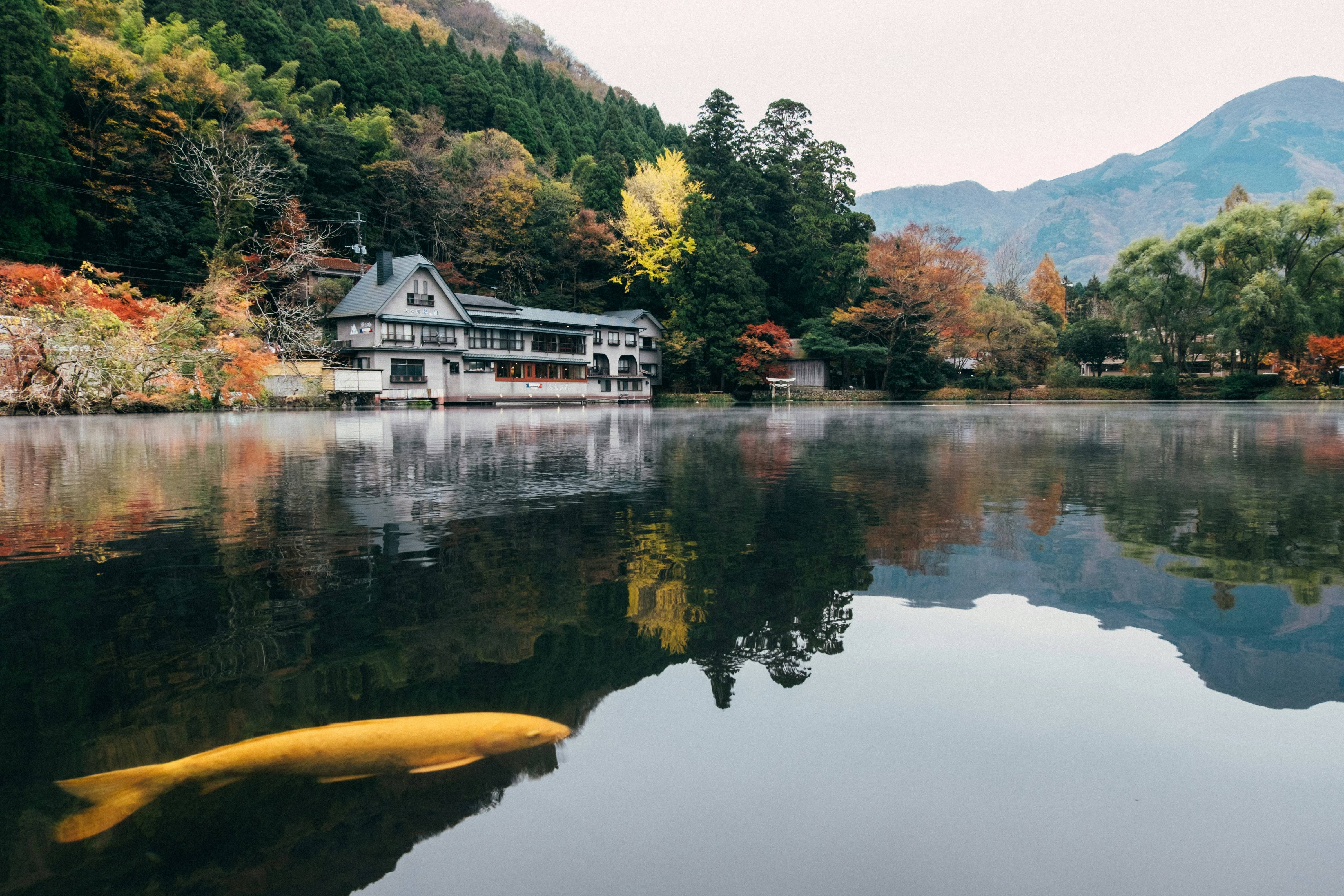
Oita
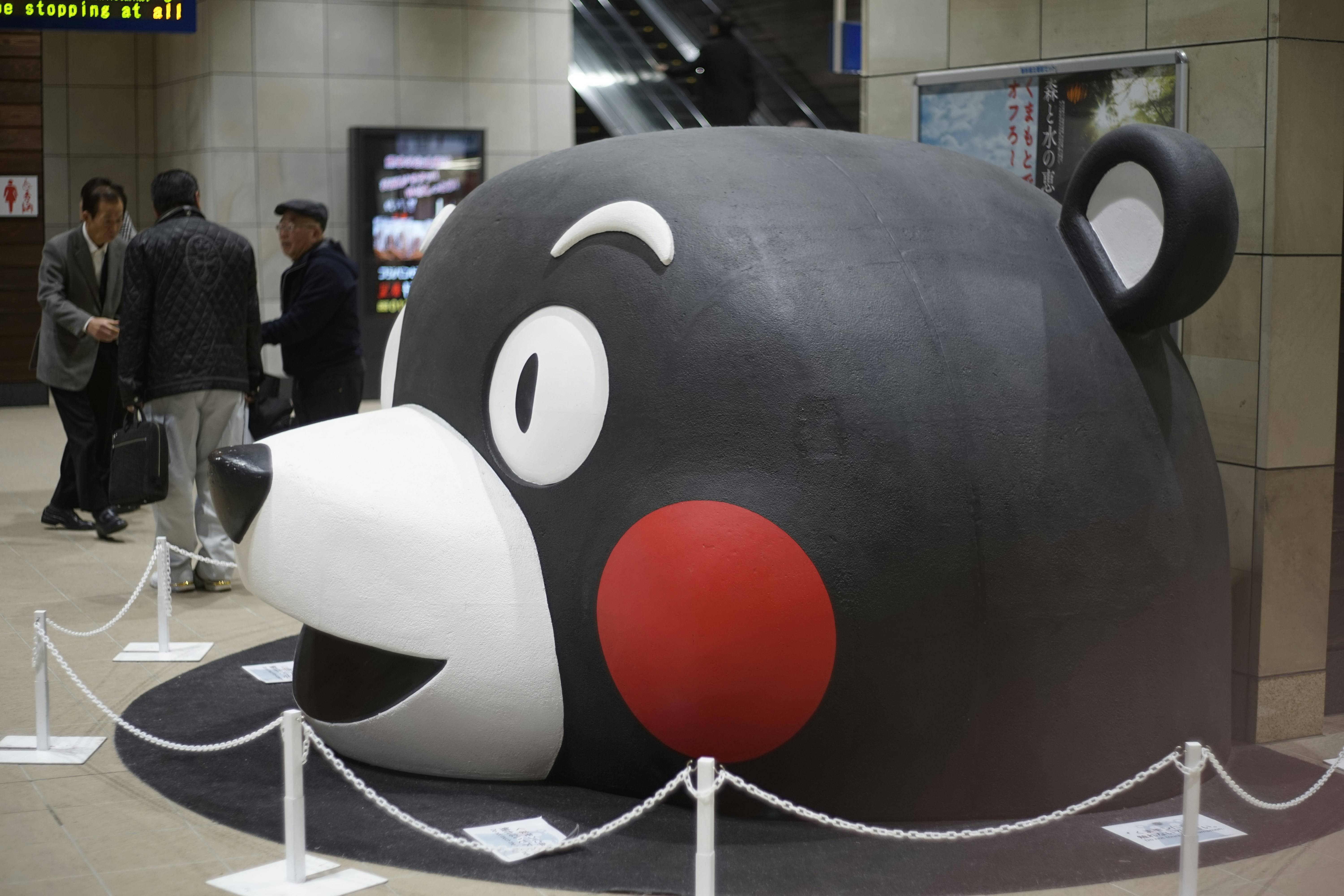
Kumamoto
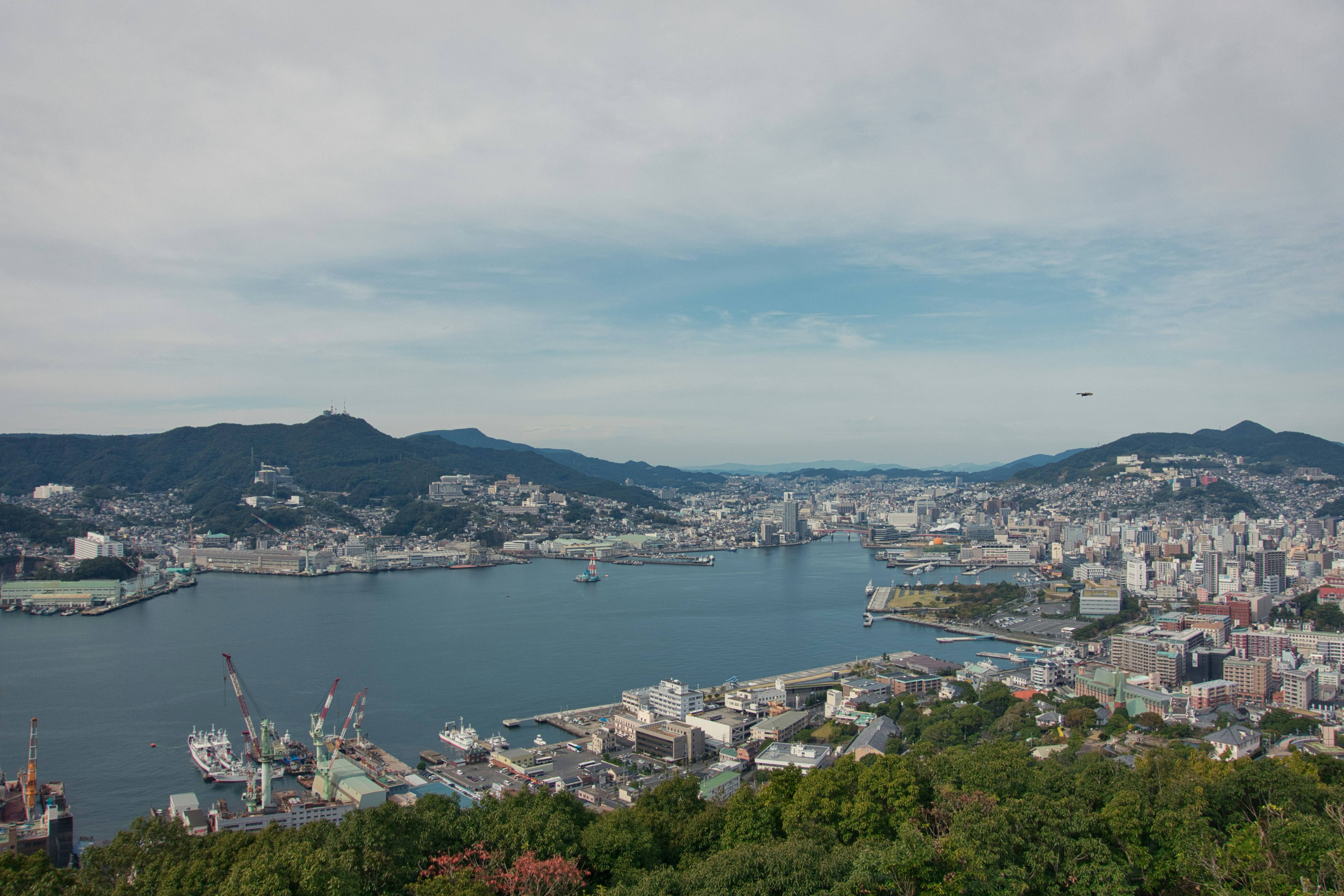
Nagasaki
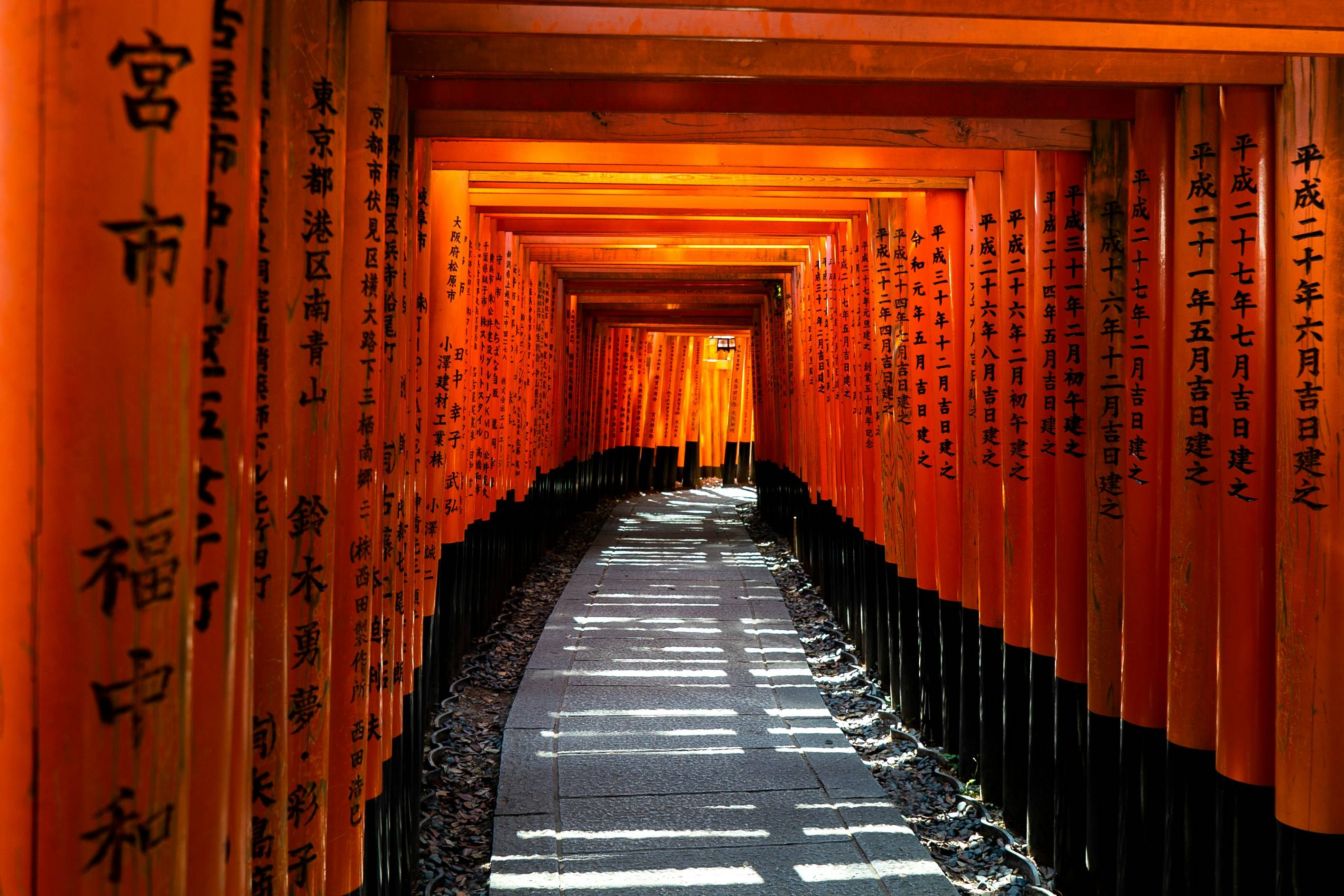
Kyoto
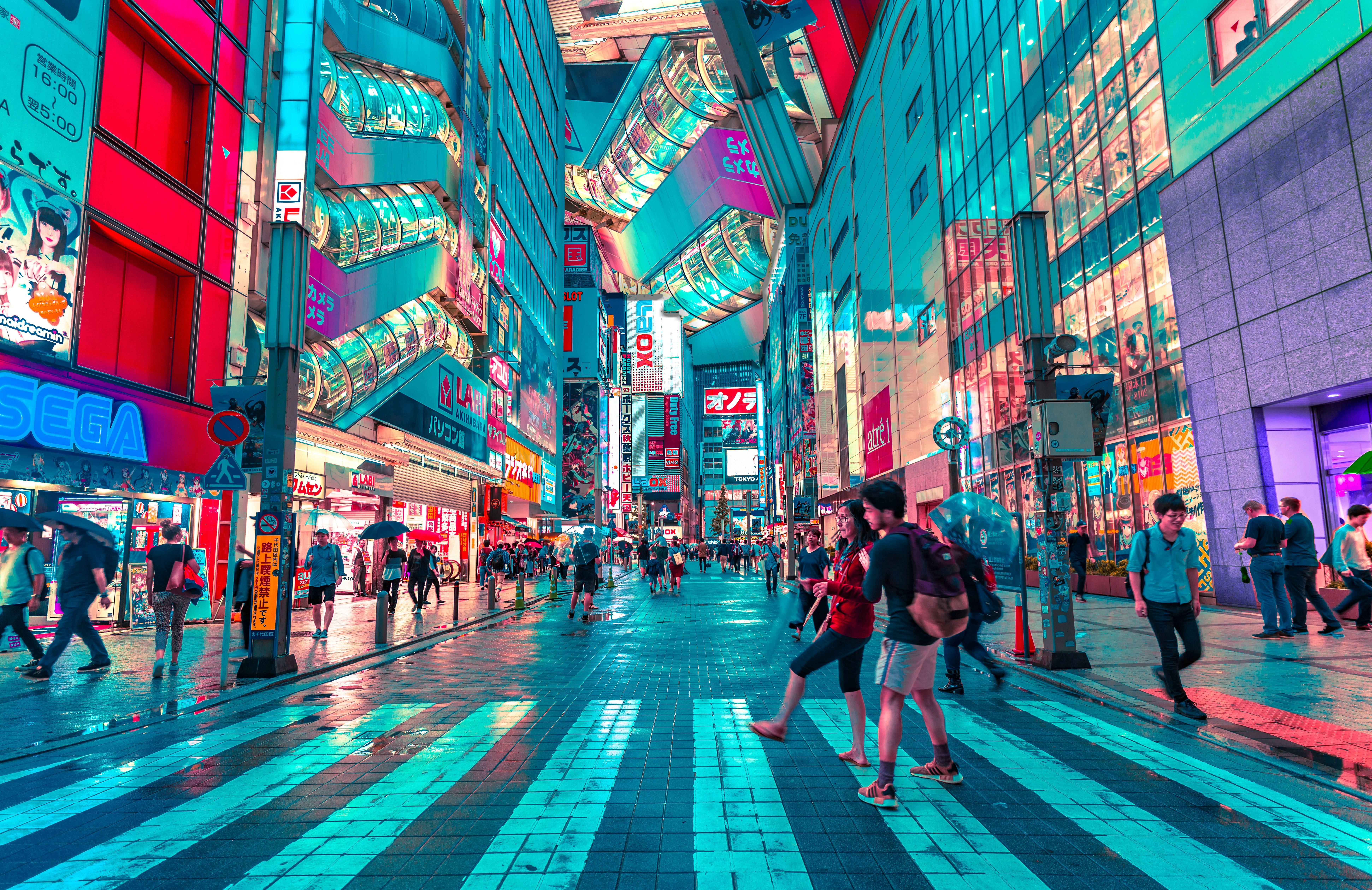
Tokyo
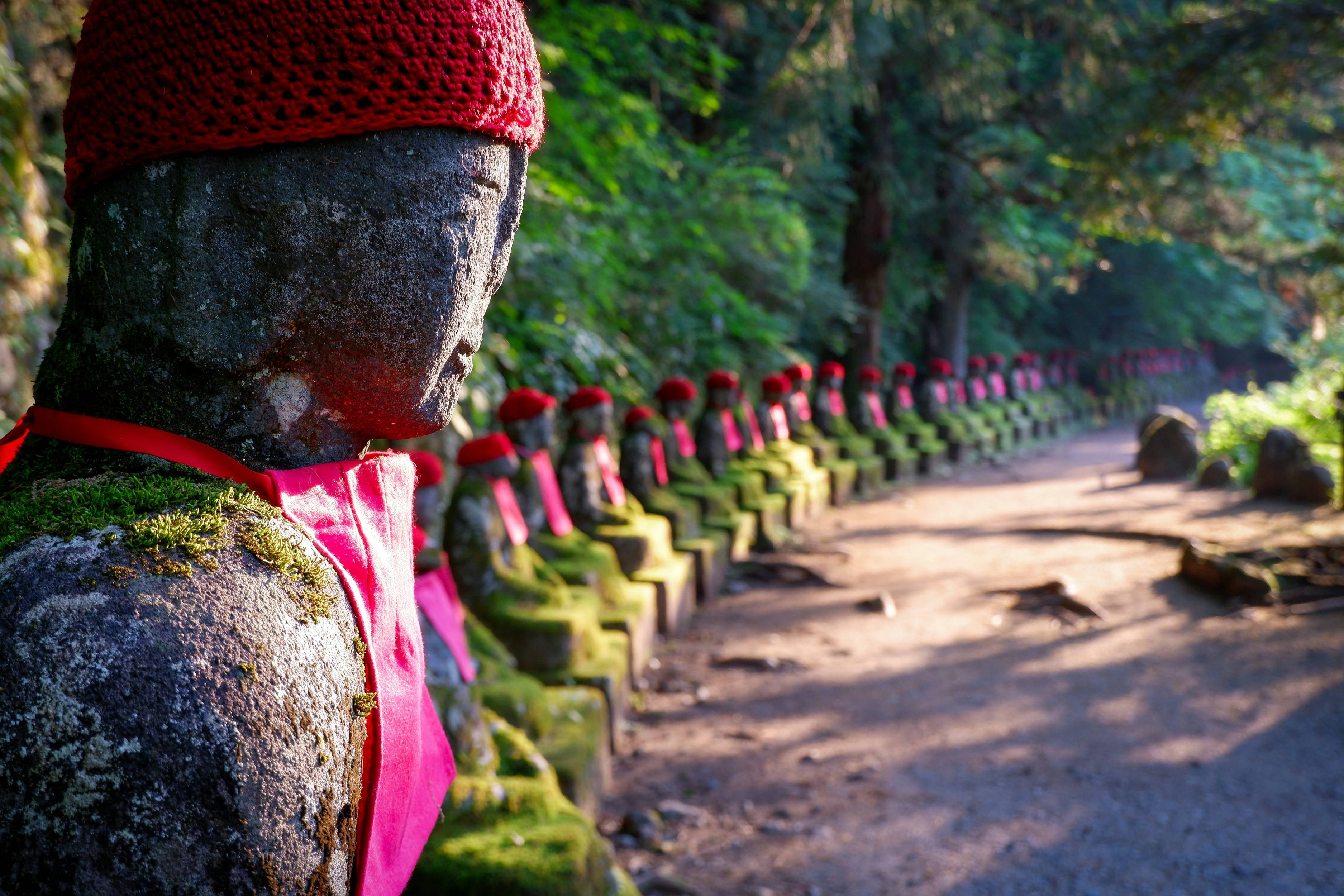
Nikkō, Tochigi
Japan Travel Guide – Essential Preparation Tips You Need to Know!
A trip to Japan is an adventure full of culture, tradition, and modern technology. To make sure your journey runs smoothly, I’ve put together a checklist with all the key points and helpful tips you’ll need:
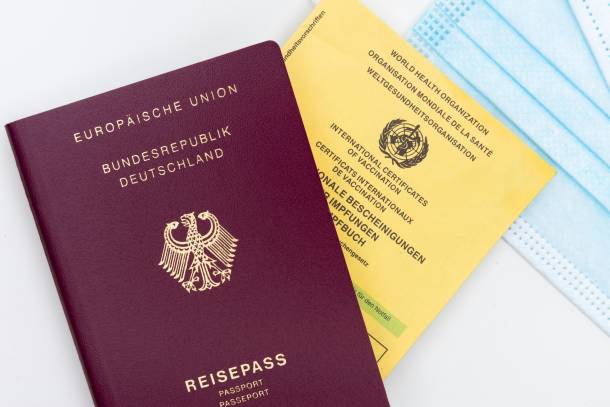
Essential Travel Documents & Visa
-
Passport: Must be valid at least until the end of your trip. For tourists from Germany, Austria, and Switzerland, no visa is required (stay up to 90 days).
-
Entry Registration (Visit Japan Web): Register on the Visit Japan Web platform before arrival to simplify customs clearance and health checks.
-
Copies of Important Documents: Scan your passport, flight tickets, and insurance papers digitally, and keep paper copies in your luggage.

Travel Finances & Money
-
Currency: Japan uses the Yen (JPY). Credit cards are increasingly accepted, but cash is still important in rural areas and smaller restaurants.
-
ATMs: Use ATMs at 7-Eleven stores or post offices – international cards work reliably there.
-
Check exchange rates: Compare rates before your trip. Having a small amount of cash upon arrival is very helpful.
-
Prepaid IC cards (Suica/Pasmo): These cards are super convenient for subways, buses, and even shopping at convenience stores.
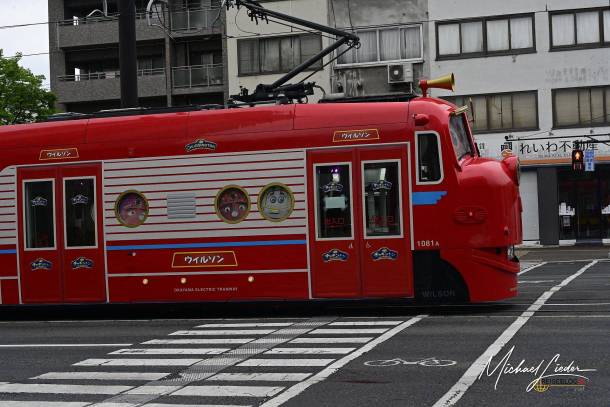
Local Transportation
-
Japan Rail Pass: Perfect, but really only worth it for longer journeys on the Shinkansen. It must be purchased before entering Japan. Validity ranges from 7 to 21 days. Be sure to calculate carefully whether it’s worth it – the pass has become significantly more expensive in 2025.
-
Public Transport Apps: Use apps like Suica or Japan Transit Planner to plan train and bus connections. Download and set up the Suica app on your iPhone before you travel – it couldn’t be easier once you’re on the road.
-
Taxi & Uber: Taxis are expensive but reliable. Uber (even more expensive than taxis) is only available in major cities and is less common. Interestingly, the Uber app also lets you book taxis – I used this several times and was really impressed.
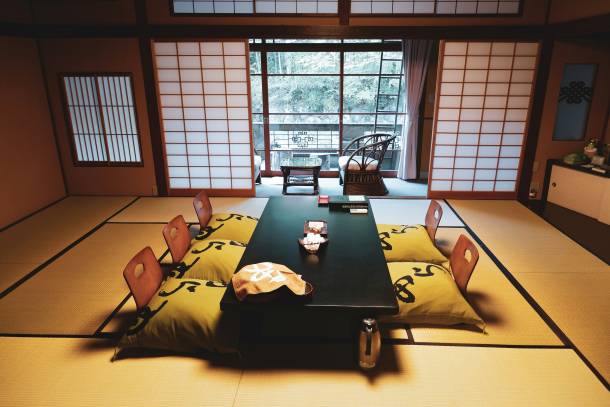
Accommodation & Travel Stay
-
Hotels and Ryokans (traditional guesthouses): Be sure to book early – especially during cherry blossom season (March–April) and Golden Week (late April to early May).
-
Capsule hotels: An affordable and exciting accommodation option for solo travelers.
-
Airbnb and guesthouses: A budget-friendly alternative to hotels, especially in big cities.
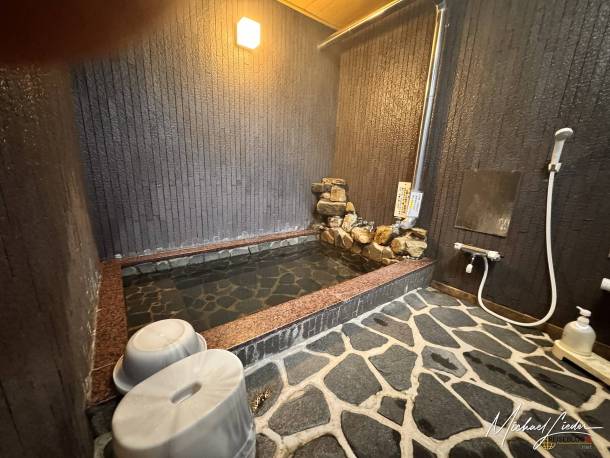
Cultural Insights and Etiquette
-
Shoes off: When entering houses, temples, and some restaurants, it’s mandatory to take off your shoes. Pro tip: bring socks without holes! 😄
-
Behavior on trains: Stay quiet – phone calls are a no-go.
-
Tipping? No! Tipping is not common in Japan and can even be considered rude.
-
Onsen (hot springs): Wash thoroughly before bathing. Tattoos often need to be covered, as they are traditionally associated with the Yakuza (mafia).
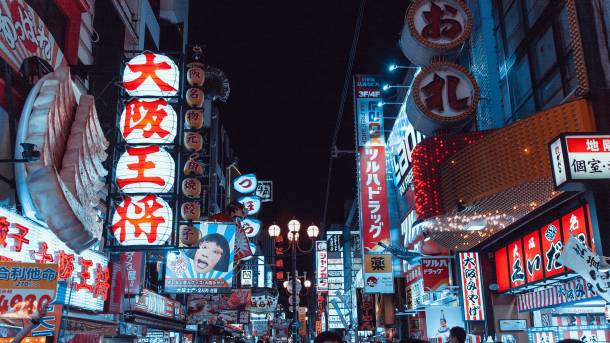
Communication and language
• Basic Japanese: A few simple words such as ‘Arigatou’ (thank you) or ‘Sumimasen’ (excuse me) will help.
• Translation apps: Google Translate (with camera function) is extremely helpful for menus or signs.
• Wi-Fi & SIM cards: Rent a pocket Wi-Fi router or buy a local SIM card for mobile internet. Many cities offer free hotspots, but mobile access saves time.
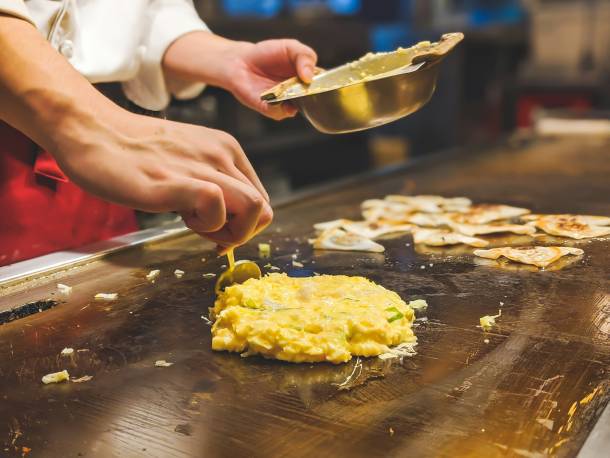
Food and beverages
• Try specialities: ramen, sushi, okonomiyaki (Japanese pancakes) and mochi – eating is an adventure in itself.
• Drinking water: tap water is safe and drinkable.
• Vegetarian/vegan? Japan tends to be meat and fish-heavy. Apps such as HappyCow help you find vegetarian restaurants.

Health and safety
• Travel insurance: International health insurance is a must – medical treatment in Japan can be expensive.
• Emergency numbers: • Police: 110
• Ambulance/fire brigade: 119
• Hygiene items: Disinfectant and tissues are useful, as many public toilets do not provide soap or paper.
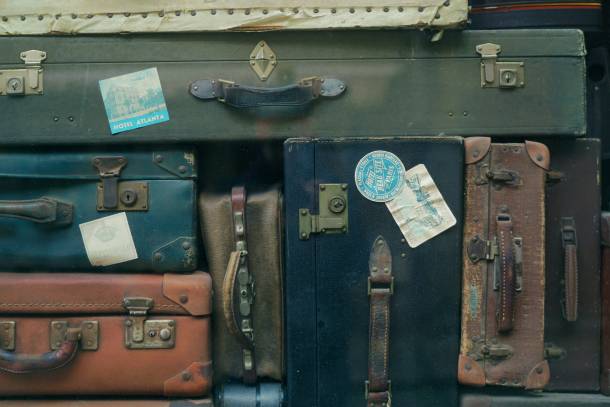
Packing list – What do you need to take with you?
• Comfortable shoes: Perfect for long walks in temple complexes and gardens. Slip-ons are best, as you will often have to take your shoes off.
• Umbrella/rain jacket: Spring can be changeable, especially in May.
• Medication: Many European medicines are difficult to obtain in Japan. Take everything you need with you and keep the package inserts.
• Travel guides/apps: Lonely Planet or digital travel guides for offline maps and tips.
Conclusion: Good planning is half the battle! Japan offers a fascinating blend of tradition and modernity. With this checklist, you will be well prepared and can relax and enjoy your adventure.
What makes Japan so unique? – A journey to a country full of contrasts and traditions
Japan – a country that combines modernity and tradition in a fascinating way. From vibrant metropolises like Tokyo, which never sleep, to tranquil temple complexes in Kyoto, which invite inner reflection – Japan inspires with its diversity. But what exactly makes this country so special?
Perhaps it is the world-famous cherry blossoms that bathe cities and parks in a sea of pink every spring and captivate millions of visitors. Or the centuries-old tea ceremony, which is still celebrated with reverence today. Or perhaps it is the culinary perfection – from fresh sushi and hearty ramen to artfully arranged bento boxes.
Japan is a country of contrasts. Here, cutting-edge technology meets centuries-old traditions, and futuristic skyscrapers stand just a few steps away from historic shrines. At the same time, the impressive natural landscape – from majestic mountains such as Mount Fuji to the tropical beaches of Okinawa – offers incredible diversity for adventure seekers and those looking for relaxation.
In this blog, I'll take you on my personal journey of discovery through Japan. We'll immerse ourselves in the culture, explore fascinating places and see why this country is an absolute dream destination for many travellers. Let yourself be inspired and maybe you'll end up with wanderlust for Nippon yourself!
The most important facts and tips for travelling to Japan. There is a lot to consider so that Europeans don't put their foot in it at every turn.
Spring in Japan is world-famous for its cherry blossoms (sakura). Depending on the region, the blossoming season begins between late March and early April. Parks such as Ueno Park in Tokyo or Maruyama Park in Kyoto are perfect places for a hanami picnic under the blossoming trees.
Hanami literally means ‘flower viewing’. Japanese people gather in parks, spread out blankets and enjoy food and drinks under the cherry trees. This tradition has existed since the Heian period (794–1185).
Spring offers mild weather with average temperatures between 10 and 20 °C. It is the perfect time to travel before the humid rainy season (Tsuyu) begins in June.
In addition to cherry blossoms, there are numerous other flower festivals, such as the wisteria blossom festival at Ashikaga Flower Park and the nemophila blossom festival at Hitachi Seaside Park, which offers endless blue carpets of flowers.
Spring is the season for numerous traditional festivals, such as the Takayama Spring Festival (14–15 April), during which magnificent floats parade through the streets.
The famous Mount Fuji offers spectacular photo opportunities in spring, especially at the Chureito Pagoda viewpoint. The blossoming cherry trees with the majestic volcano in the background are an unforgettable sight.
Japanese spring dishes use seasonal ingredients. Be sure to try sakura mochi (rice cakes with cherry blossoms) or takenoko (bamboo shoots), which are only harvested fresh in spring.
While popular cherry blossom viewing spots can be crowded, there are quiet retreats such as the Kamikochi Alpine region or the coastal city of Kanazawa, which are less frequented in spring.
The Japan Rail Pass is perfect for a round trip through Japan in spring. With the Shinkansen, you can comfortably experience several cities and admire spectacular landscapes along the route.
Spring trips offer the ideal opportunity to stay at a traditional ryokan. Many of these inns have onsen (hot springs), which are still pleasant even in milder temperatures.
With these detailed facts and tips, you'll be well prepared for an adventurous and safe trip to the Land of the Rising Sun. This unspoilt country has countless wonders to offer, and with the right preparation, it will be an unforgettable experience!
Japan - im Blog
Um den Reiseblog24 noch besser zu machen, brauchen wir dich...
Nimm dir daher bitte ein paar Minuten Zeit, um den Reiseblog24 zu bewerten.
Jede Meinung ist uns sehr wichtig!
Was kannst du bewerten?
- Die Qualität und Nützlichkeit der Reiseberichte
- Die Brauchbarkeit der Reisetipps
- Das Design und die Benutzerfreundlichkeit des Blogs
- Den Gesamteindruck des Reiseblogs24
Wie kannst du bewerten?
Ihr könnt direkt auf der Website des Reiseblogs24 eine Bewertung abgeben.
Ihr könnt einen Kommentar unter einem Reisebericht oder einem Reisetipp hinterlassen.
Ihr könnt uns eine E-Mail mit eurer Bewertung an
Vielen Dank für eure Unterstützung!
Mit eurer Hilfe können wir den Reiseblog24 noch besser machen und euch noch mehr Inspiration und Tipps für eure nächsten Reisen bieten.
Herzliche Grüße,
Das Team vom Reiseblog24
Reiseplanung...
- Thailand sabbatical
- Japan in Spring – Travel, Planning, Budget & Final Thoughts
- Sulawesi unsere Reiseroute (2)
- Indonesien - Visa & All indonesia arrival card
- Japan Road Trip: Costs and Money-Saving Tips
- Japan on the Road die wichtigsten Hilfsmittel (2)
- Packlisten für Japan im Frühjahr (2)
- DO´s und DON’Ts benimm dich richtig in Japan (2)
- Autofahren, Mietwagen & Führerschein (2)
- Reisevorbereitungen für ein Sulawesi Abenteuer (2)
- Tipps zur Sulawesi Reise (2)
- Autofahren und Mietwagen in Sulawesi (2)
- Sulawesi 2024 (2)


